Imagine a sizzling skillet and the smell of fresh salmon filling the air. The sound of a crispy skin adds to the excitement. Cooking cast iron salmon is an art, and I’m excited to share it with you. It’s a dish that brings joy to everyone who tries it.
Let’s start a culinary adventure together. We’ll explore how to make the most of this versatile fish in your kitchen.

Key Takeaways
- Discover the secrets to cooking crispy-skinned, flaky cast iron salmon fillets.
- Learn the essential tips for seasoning and maintaining your cast iron skillet for optimal results.
- Understand the benefits of using fresh or frozen salmon and how to select the perfect fillets.
- Explore a range of delicious seasoning and flavor combinations to elevate your salmon dishes.
- Master the art of pan-searing and finishing your cast iron salmon for a restaurant-quality meal.
The Versatility of Cast Iron Cooking
Cast iron is a powerhouse in the kitchen. It’s durable and versatile, making it great for cast iron salmon recipes. Its ability to retain heat and its natural non-stick surface make it ideal for salmon cooking in cast iron.
Why Cast Iron is Perfect for Salmon
Cast iron’s thermal mass ensures even heating, so your salmon is always perfect. A well-seasoned skillet creates a beautiful sear, keeping flavors and juices inside. Plus, its weight prevents it from warping or denting, offering cast iron skillet benefits.
Seasoning Your Cast Iron Skillet
- Start by cleaning your skillet with hot water and a stiff brush, without soap.
- Dry it well and apply a thin layer of oil, like vegetable or grapeseed oil, all over.
- Heat the skillet in a 375°F (190°C) oven for about an hour, then let it cool.
- Do this a few times to build a strong, non-stick layer on your cast iron cooking skillet.
With a seasoned cast iron skillet, you can make delicious cast iron salmon recipes over and over.
Selecting the Perfect Salmon Fillets
Choosing the right salmon fillets is key to a delicious cast iron salmon dish. Whether you pick fresh or frozen, consider a few important factors. This ensures you get the best quality salmon for your recipe.
Fresh salmon is a great choice. It has a vibrant color, firm texture, and a clean flavor. Look for shiny, moist fillets with a rich orange-red color. Stay away from dull, dry, or discolored salmon.
Frozen salmon is also a good option, especially if fresh seafood is hard to find. When buying frozen salmon, look for individually wrapped portions. This helps keep the fish fresh and flavorful. Check for any signs of freezer burn or discoloration before you buy.
It’s crucial to choose sustainable salmon no matter if it’s fresh or frozen. Look for certifications from organizations like the Marine Stewardship Council (MSC). This ensures you’re supporting eco-friendly fishing and reducing your environmental impact.
“Choosing high-quality, sustainable salmon is not only better for the environment, but it also results in a more delicious and nutritious dish.”
With the right salmon fillets, you’re ready to make a fantastic cast iron salmon dish.
Ingredients for Crispy, Flaky Salmon
To get that crispy-skinned, flaky salmon in your cast iron skillet, start with the right ingredients. It’s important to know the difference between fresh and frozen salmon. Also, the right seasonings and aromatics will make your dish stand out.
Fresh vs. Frozen Salmon
Fresh and frozen salmon both work well in a cast iron skillet. Fresh salmon has a delicate flavor and firmer texture. Frozen salmon is more convenient and budget-friendly, but it can also be great with the right prep.
Essential Seasonings and Aromatics
- Salmon Ingredients: High-quality salmon fillets, whether fresh or frozen, are the star of the show.
- Salmon Seasoning: A simple seasoning blend of salt, pepper, and herbs or spices (like garlic powder or paprika) can make a big difference.
- Salmon Aromatics: Adding aromatic ingredients like garlic, shallots, or lemon zest can add depth and enhance the flavor of your salmon.
- Salmon Skin Crispiness
Understanding the differences between fresh and frozen salmon and mastering seasoning and aromatics will help you make a delicious cast iron salmon dish.
Prepping Your Salmon for the Skillet
To get that perfect, crispy salmon skin, start with the right prep. The key is to pat your salmon fillets dry before cooking. This step is essential for the best browning and crispiness when searing your cast iron salmon.
Patting Dry for Optimal Browning
Before seasoning and cooking your salmon, dry the fillets well with paper towels. Getting rid of extra moisture from the salmon skin is crucial for that golden-brown, crispy skin. If the skin is wet, it will steam instead of sear, leading to a soggy texture.
By drying the salmon prep well, you set the stage for the salmon skin browning and crisping up perfectly in the hot cast iron skillet.
- Use paper towels to gently blot and pat the salmon fillets until they are completely dry on all sides.
- Ensure there are no visible beads of water or moisture remaining on the salmon skin.
- This simple step of salmon skin drying will unlock the key to that coveted crispy, golden-brown crust.
With your salmon prep done and the fillets dry, you’re ready to master the art of delicious, cast iron salmon preparation.

Mastering the Sear: Crispy Skin Secrets
Getting that perfect sear on salmon skin in a cast iron skillet is key. It’s what makes your salmon taste like it’s from a restaurant. With a few easy techniques and temperature tips, you can become a pro at salmon skin searing.
The secret to salmon skin crispiness is in the searing. First, make sure your cast iron skillet is extremely hot before adding the salmon. This high heat quickly melts the fat in the skin, making it crunchy.
- Pat your salmon fillets dry with paper towels before seasoning. This helps the skin sear, not steam.
- Season the skin side of the salmon with lots of salt and pepper. Salt pulls out moisture, making it crispier.
- Heat your cast iron skillet over high heat until it’s very hot. It should be at least 400°F (200°C) before adding the salmon.
When it’s time to cast iron salmon searing, don’t move the fillets. Let them sear for 3-4 minutes, until the skin is golden and crispy. Then, gently flip the salmon and cook until it’s done to your liking.
“The key to perfect salmon skin searing is all in the temperature and technique. With a hot cast iron skillet and a little patience, you’ll be enjoying restaurant-quality salmon in no time.”
Remember, the secret to salmon skin crispiness is controlling the heat and letting the skin do its thing. With a few simple tricks, you’ll be searing up the crispiest, most delicious salmon in your own kitchen.
Flipping and Finishing Your Cast Iron Salmon
Learning to flip and finish your cast iron salmon is key to perfect cooking. Whether you like it medium-rare or well-done, knowing when it’s done is crucial. This ensures your fish is always cooked just right.
Achieving the Perfect Doneness
The secret to great cast iron salmon is watching the internal temperature and visual signs. Here are some tips to get it right:
- Use a digital meat thermometer to check the salmon’s internal temperature. Aim for an internal temperature of 125°F for medium-rare, 135°F for medium, and 145°F for well-done.
- Watch for the salmon to become opaque and flake easily with a fork. Gently press on the salmon with your finger – it should feel firm yet slightly yielding for medium-rare, and firm and solid for well-done.
- Pay attention to the cooking time, as the thickness of your salmon fillets can affect the doneness. Thin fillets will cook faster than thicker cuts.
Remember, the salmon will continue to cook a bit more even after you’ve removed it from the heat, so it’s best to take it off the stove when it’s just shy of your desired doneness.
Flipping your salmon with care is crucial to maintaining that crispy, golden-brown skin. Use a sturdy spatula and gently slide it under the fillets, lifting them straight up and over to avoid tearing the skin.
By mastering the techniques of flipping and finishing your cast iron salmon, you’ll be able to consistently serve up mouthwatering, perfectly cooked fillets that are sure to impress your friends and family.
Cast Iron Salmon: A Nutritional Powerhouse
Cooking salmon in a cast iron skillet is more than just a tasty meal. It’s a way to nourish your body with vital nutrients. Salmon is known for its rich nutritional profile, and cooking it in cast iron makes it even better.
Omega-3 Benefits and Salmon’s Nutritional Profile
Salmon is a top source of omega-3 fatty acids. These fats are key for heart health, brain function, and overall well-being. A single serving of cast iron-seared salmon gives you over 2,000 milligrams of these fats.
Salmon also has high-quality protein, vitamins B12 and D, and minerals like selenium and phosphorus. These nutrients are essential for your body.
| Nutrient | Amount per Serving of Cast Iron Salmon |
|---|---|
| Omega-3 Fatty Acids | 2,114 mg |
| Protein | 39 g |
| Vitamin B12 | 4.9 mcg |
| Vitamin D | 539 IU |
| Selenium | 40.2 mcg |
| Phosphorus | 302 mg |
Adding cast iron salmon to your diet is a smart choice. It’s not just a tasty meal but also a way to feed your body with essential nutrients. The mix of salmon’s nutritional value and cast iron cooking makes it a top choice for your health.
Delicious Cast Iron Salmon Variations
Take your cast iron salmon to the next level with these tasty variations. Enjoy the savory herb crust or the zesty lemon-dill butter. These recipes will wow your taste buds.
Herb-Crusted Salmon
Add a burst of fresh flavor to your salmon with an herb crust. Mix panko breadcrumbs, garlic, parsley, thyme, salt, and pepper. Coat the salmon with this mix and sear it in your cast iron skillet. This creates a crispy outside and a tender inside.
Lemon-Dill Butter Salmon
Try our lemon-dill butter salmon for a tangy twist. Melt butter in the skillet, then add dill, lemon zest, and juice. Baste the salmon with this butter as it cooks. This infuses every bite with citrus and dill.
| Salmon Variation | Key Ingredients | Cooking Method |
|---|---|---|
| Herb-Crusted Salmon | Panko breadcrumbs, garlic, parsley, thyme | Coat salmon in herb mixture, sear in cast iron |
| Lemon-Dill Butter Salmon | Butter, fresh dill, lemon zest, lemon juice | Baste salmon with lemon-dill butter while searing |
These cast iron salmon variations will make your weeknight meals special or impress dinner guests. A seasoned cast iron skillet and bold toppings or sauces create a top-notch salmon dish at home.

Serving Suggestions for Your Skillet Salmon
Mastering the art of cooking cast iron salmon opens up endless possibilities. You can create a complete meal or just enhance the salmon’s flavors. The right side dishes and sauces make a big difference.
Pairing with Sides and Sauces
There are many cast iron salmon sides to choose from. Try serving it on fluffy quinoa, roasted asparagus, or a fresh salad. For more flavor, pair it with roasted Brussels sprouts or creamy risotto.
For a richer taste, try different salmon sauces. Options include zesty lemon-dill butter, tangy balsamic glaze, or creamy dill sauce. These sauces add a delightful contrast to the salmon’s crispy exterior.
| Cast Iron Salmon Pairings | Sides | Sauces |
|---|---|---|
| Quinoa | Roasted Asparagus | Lemon-Dill Butter |
| Salad | Roasted Brussels Sprouts | Balsamic Glaze |
| Creamy Risotto | Steamed Broccoli | Creamy Dill Sauce |
Exploring these cast iron salmon pairings helps you create a complete meal. It showcases the natural richness and flavor of your cast iron salmon.
Cleanup and Care for Your Cast Iron Skillet
Keeping your cast iron skillet in good shape is key. It ensures it cooks well and lasts long. Learning how to clean and re-season it is essential.
Cleaning Your Cast Iron Skillet
After cooking, clean your skillet fast to avoid residue. Don’t use harsh cleaners or rough scrubbers. They can damage the seasoning. Here’s what to do:
- Rinse the skillet with warm water and a soft sponge or cloth.
- For tough spots, use a soft brush or a salt and water mix to scrub.
- Wipe it dry with a clean cloth or paper towel.
Re-Seasoning Your Cast Iron Skillet
Seasoning keeps your skillet in great condition. If the seasoning wears off, you’ll need to re-season. Here’s how to do it:
- Apply a thin layer of oil, like vegetable or canola oil, to the skillet.
- Heat the skillet in a 400°F oven for about an hour.
- Let it cool before using it again.
By cleaning and maintaining your skillet right, it will always cook well. Follow these steps to keep your skillet in top shape.
“Properly caring for your cast iron skillet is the key to unlocking its full potential in the kitchen.”
Conclusion
Creating a tasty and simple cast iron salmon dish is easy. By following the tips in this article, you can make restaurant-quality cast iron salmon at home. Enjoy crispy skin and flaky, tender fillets every time.
The benefits of cast iron cooking for salmon are many. It offers even heat and a perfect sear. With proper care, your cast iron skillet will make flavorful, nutritious salmon dishes that impress.
Whether you stick to classic recipes or try new easy salmon dinner ideas, your cast iron skillet is key. Enjoy the ease, flavor, and satisfaction of making a great salmon meal at home.

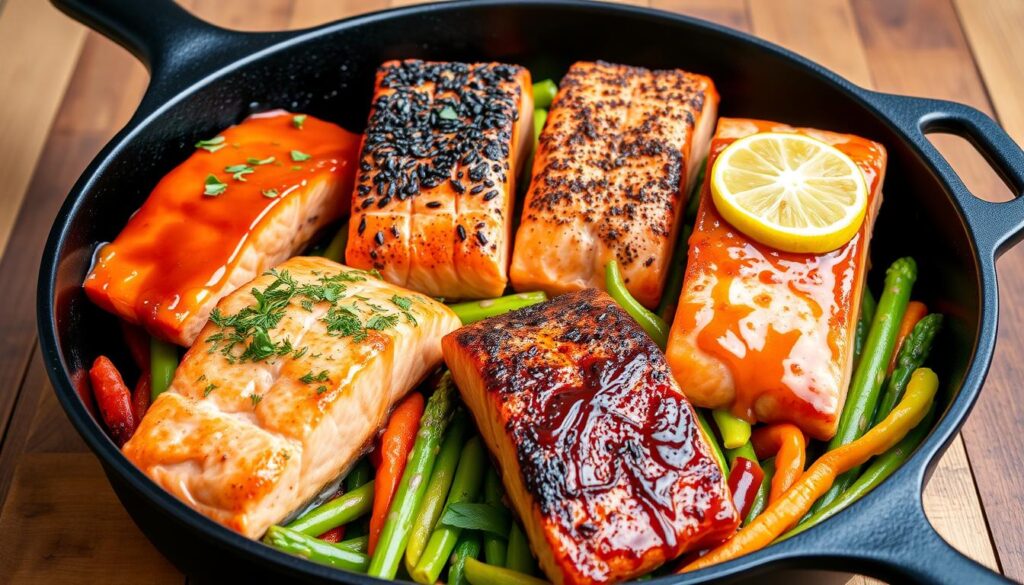
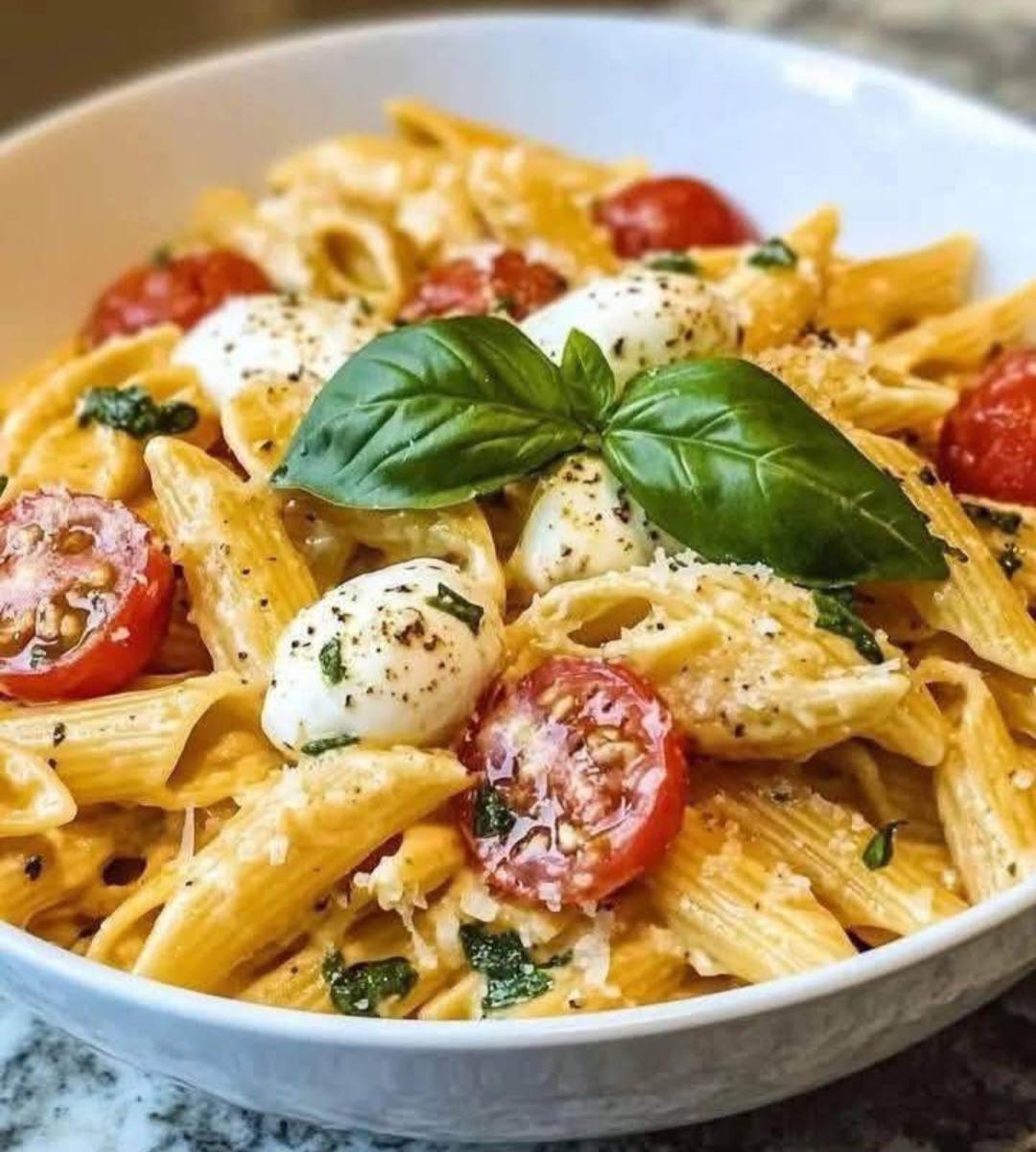



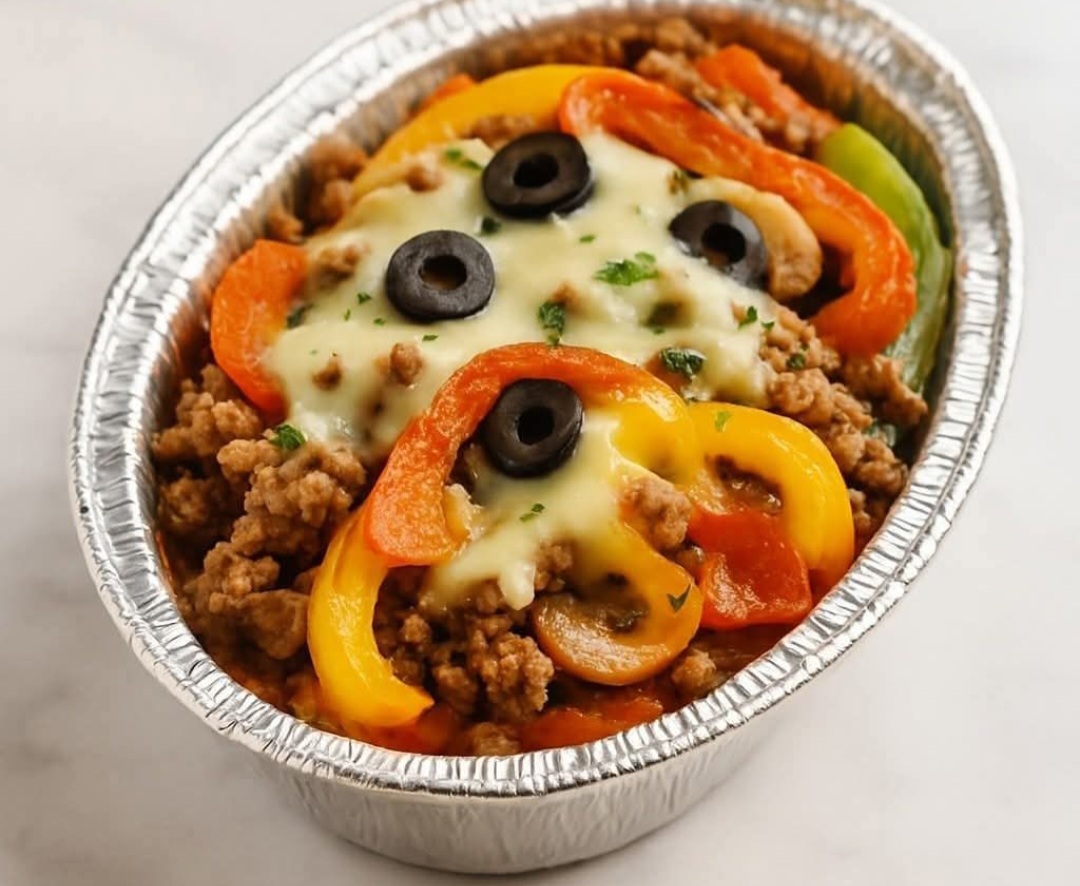



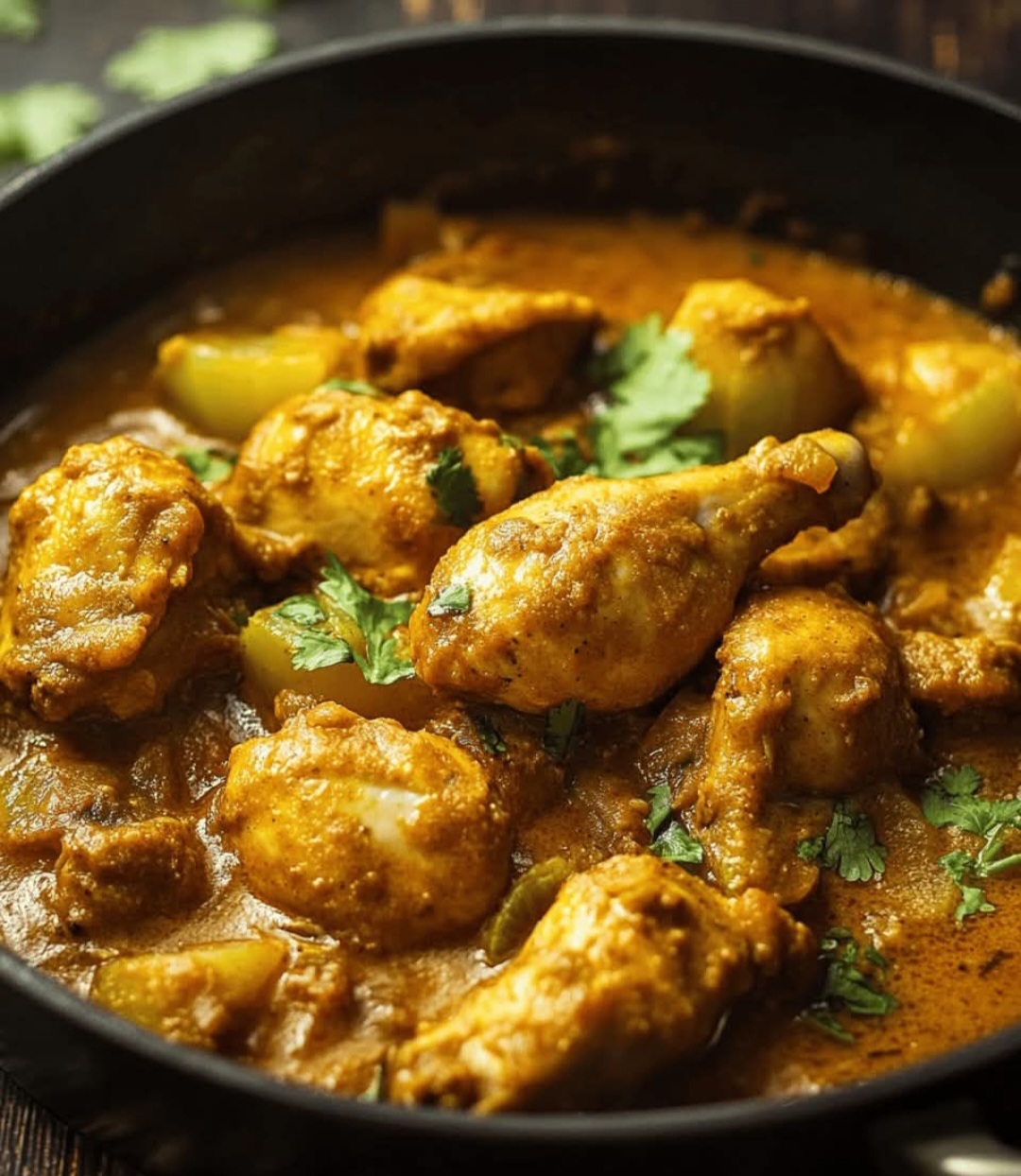

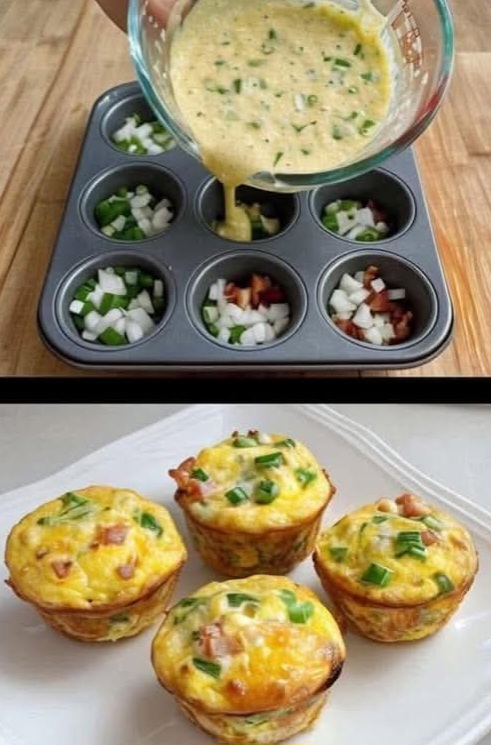



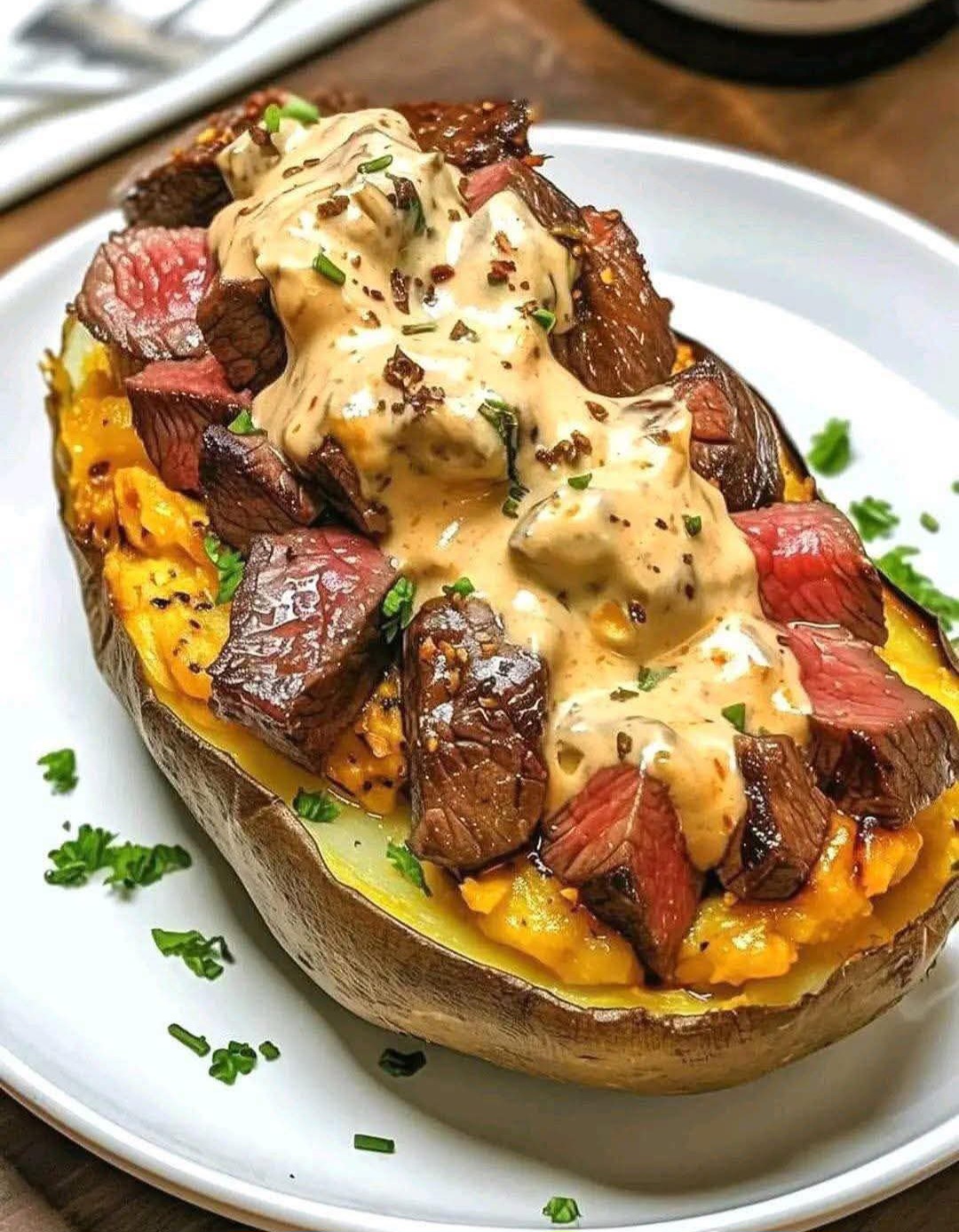




























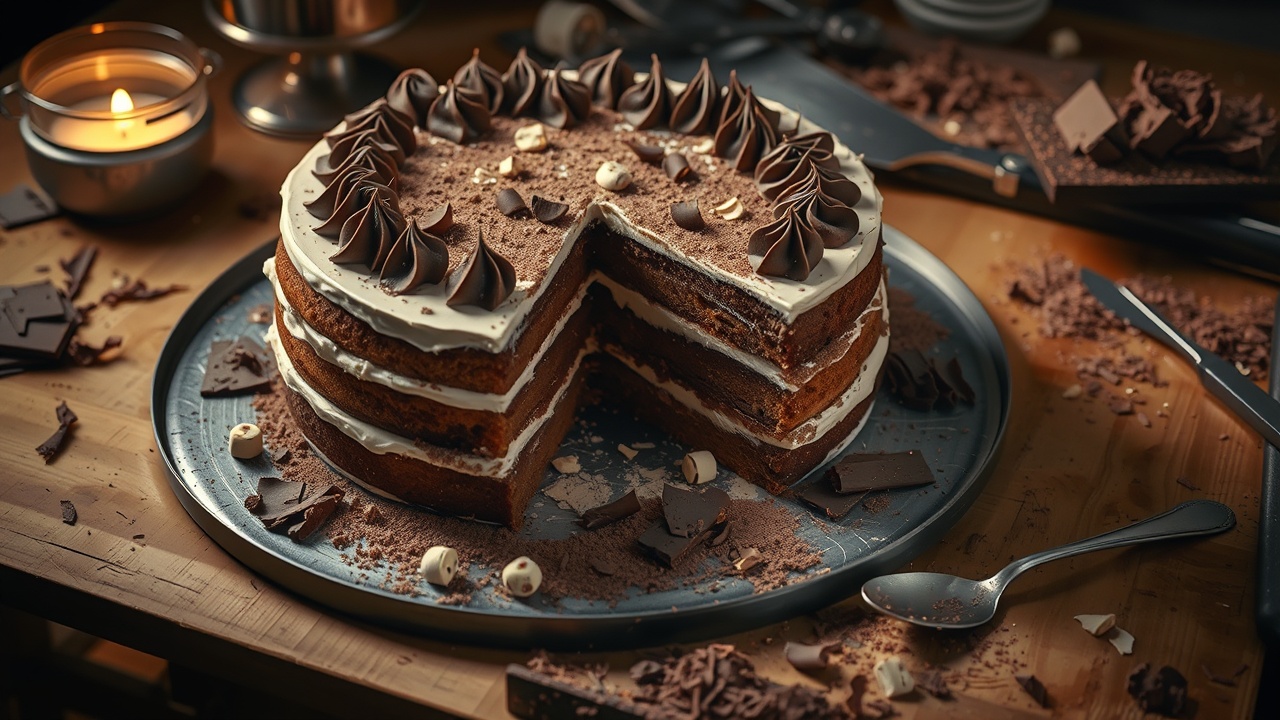


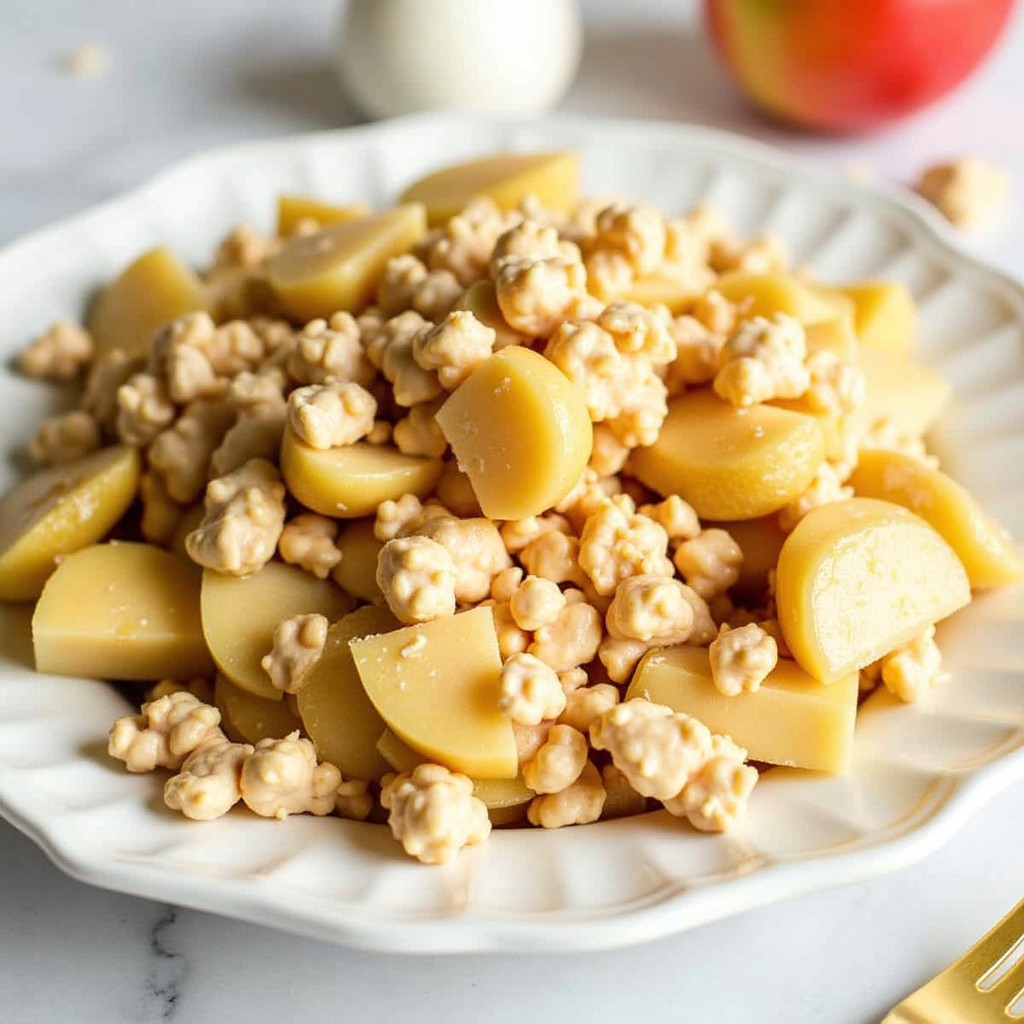
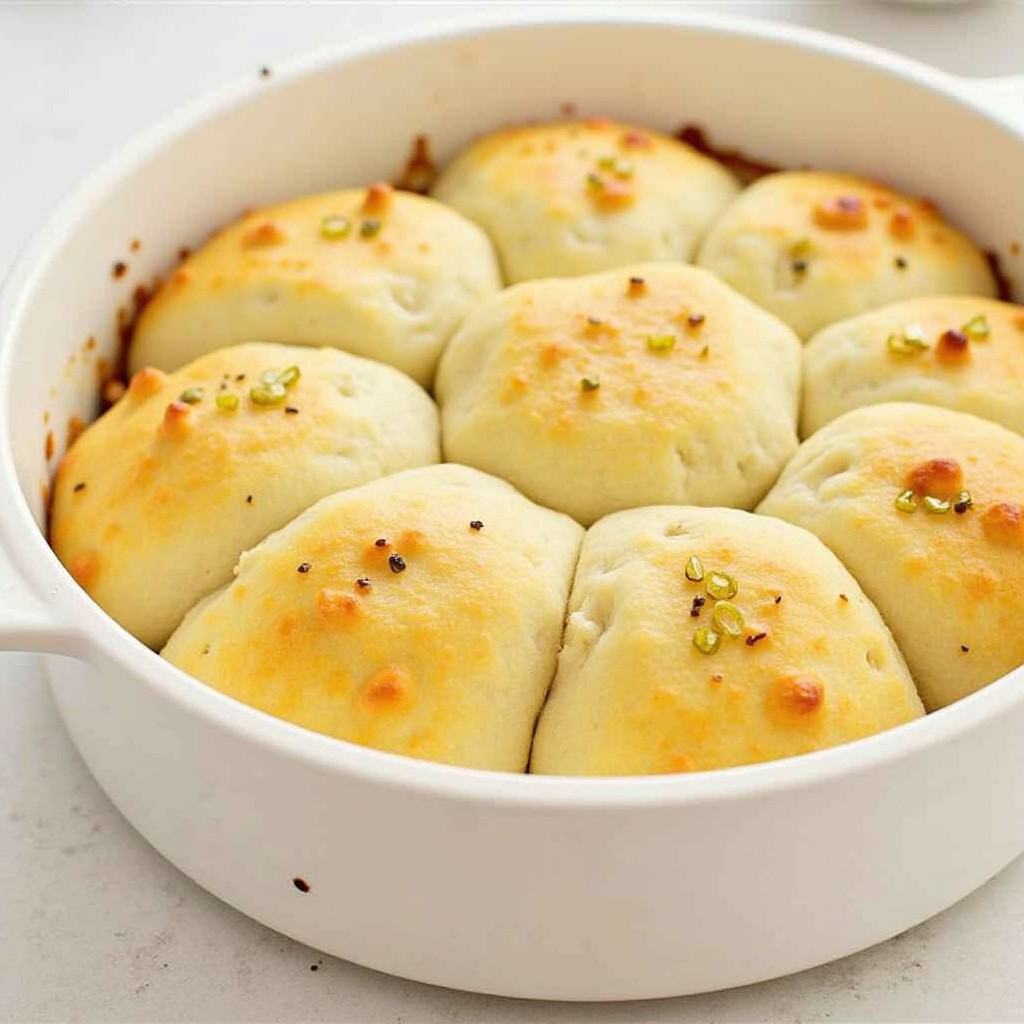
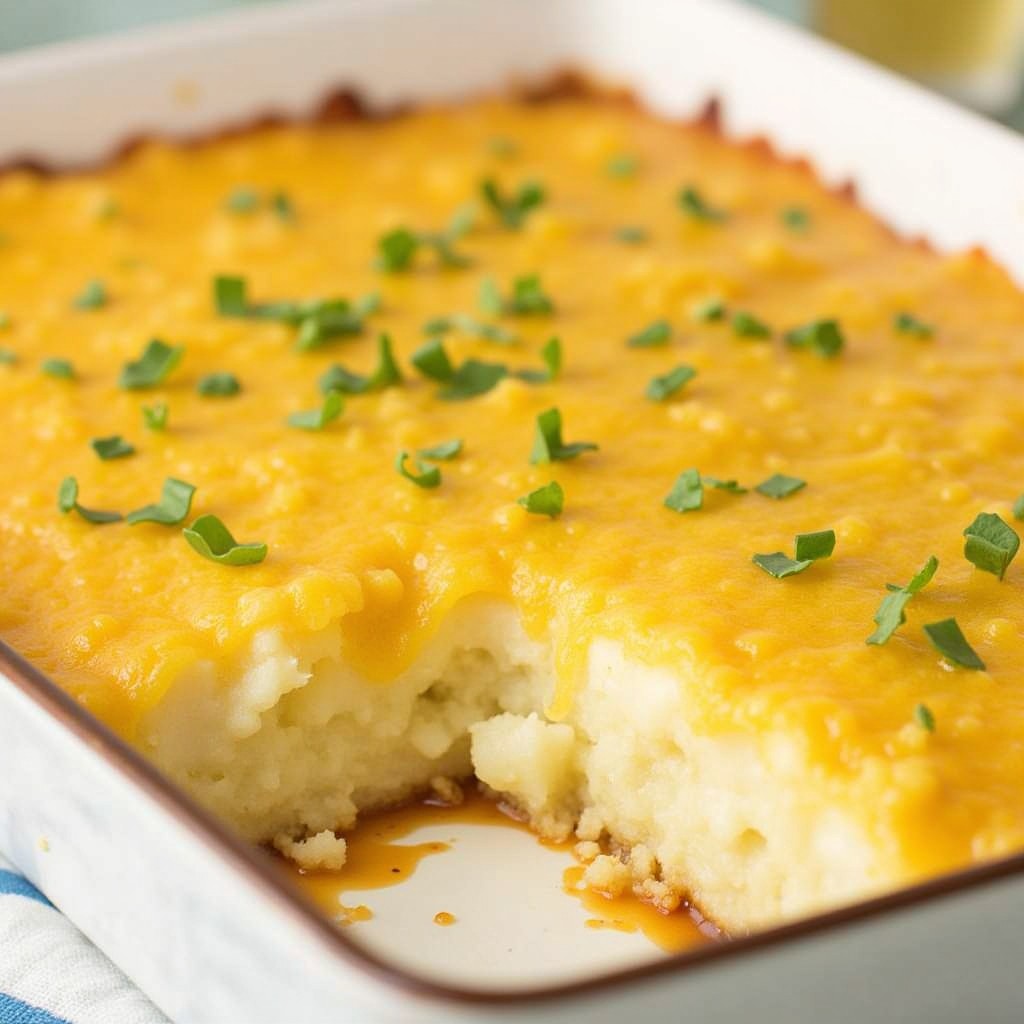

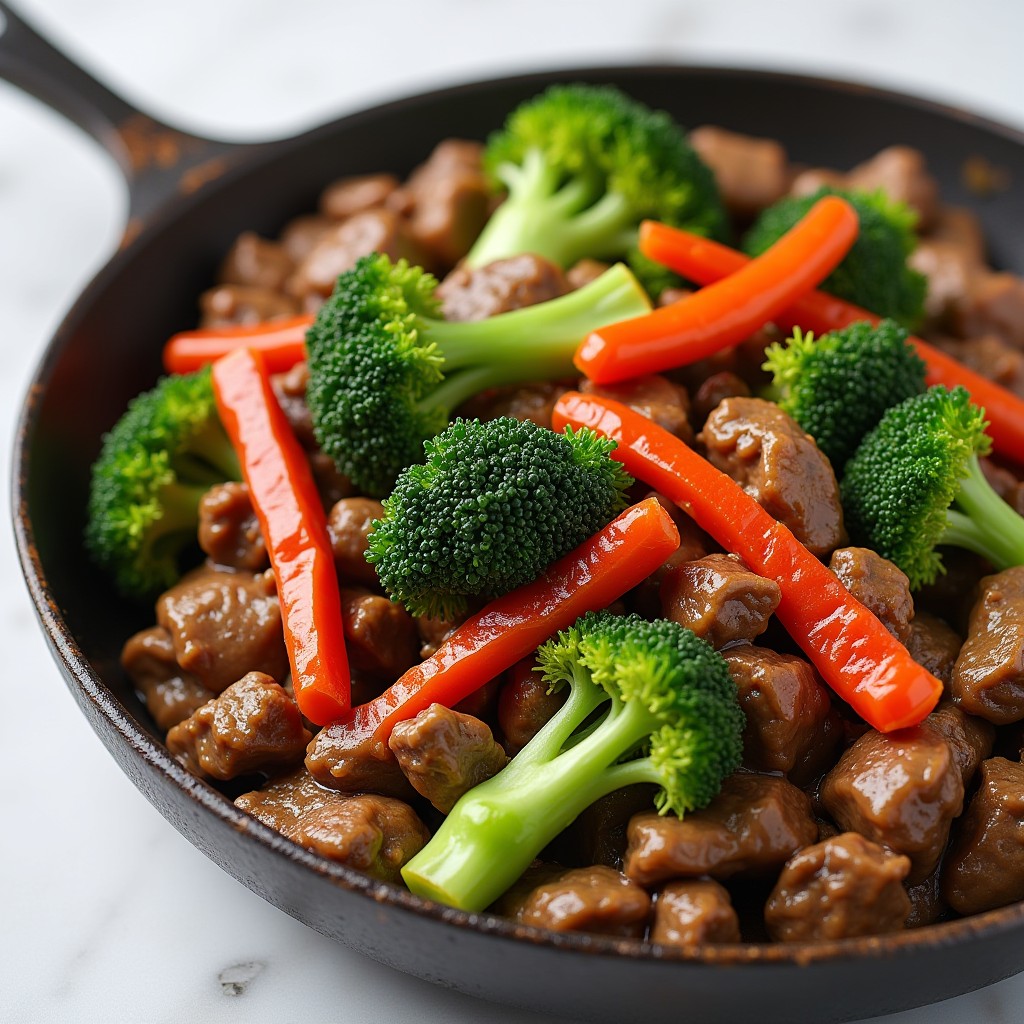


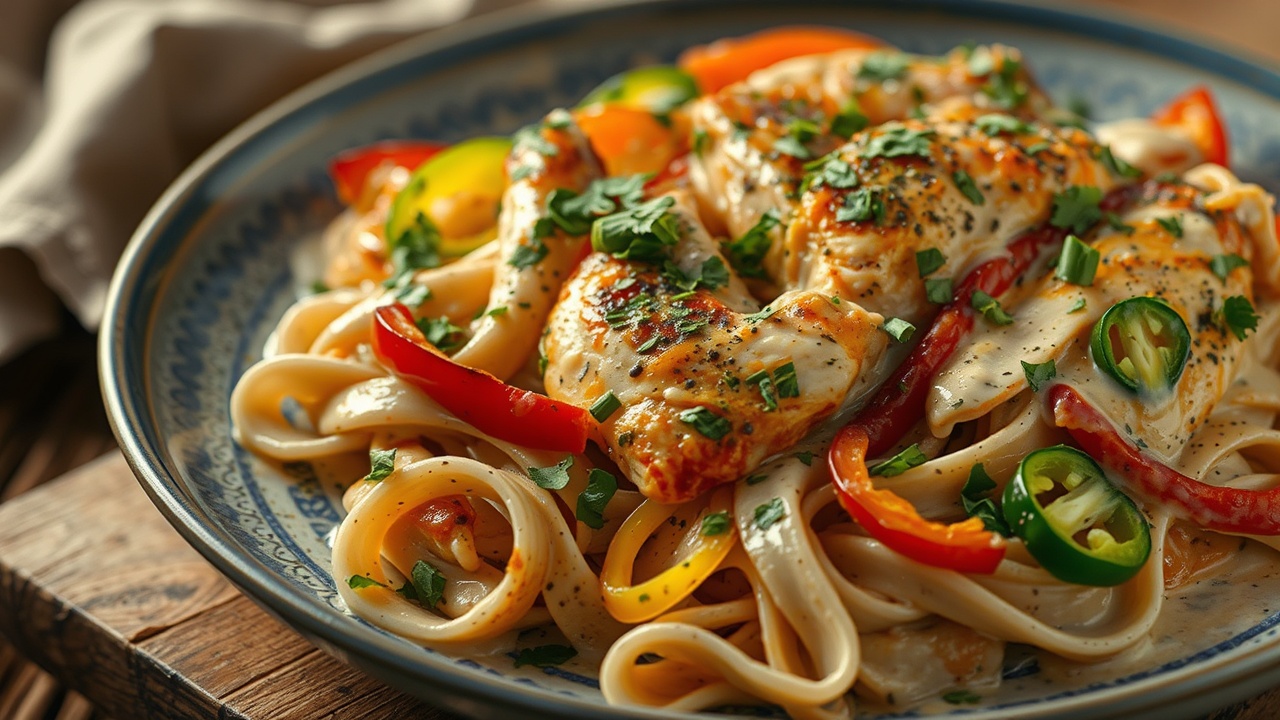






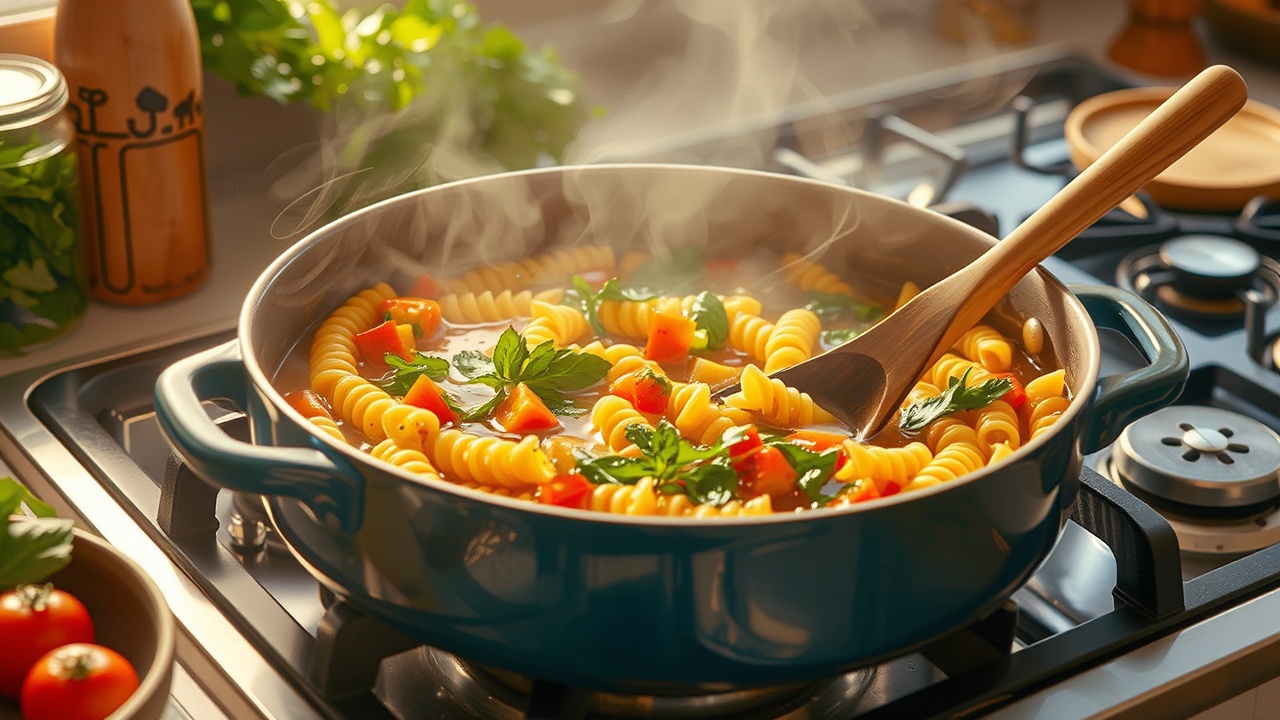
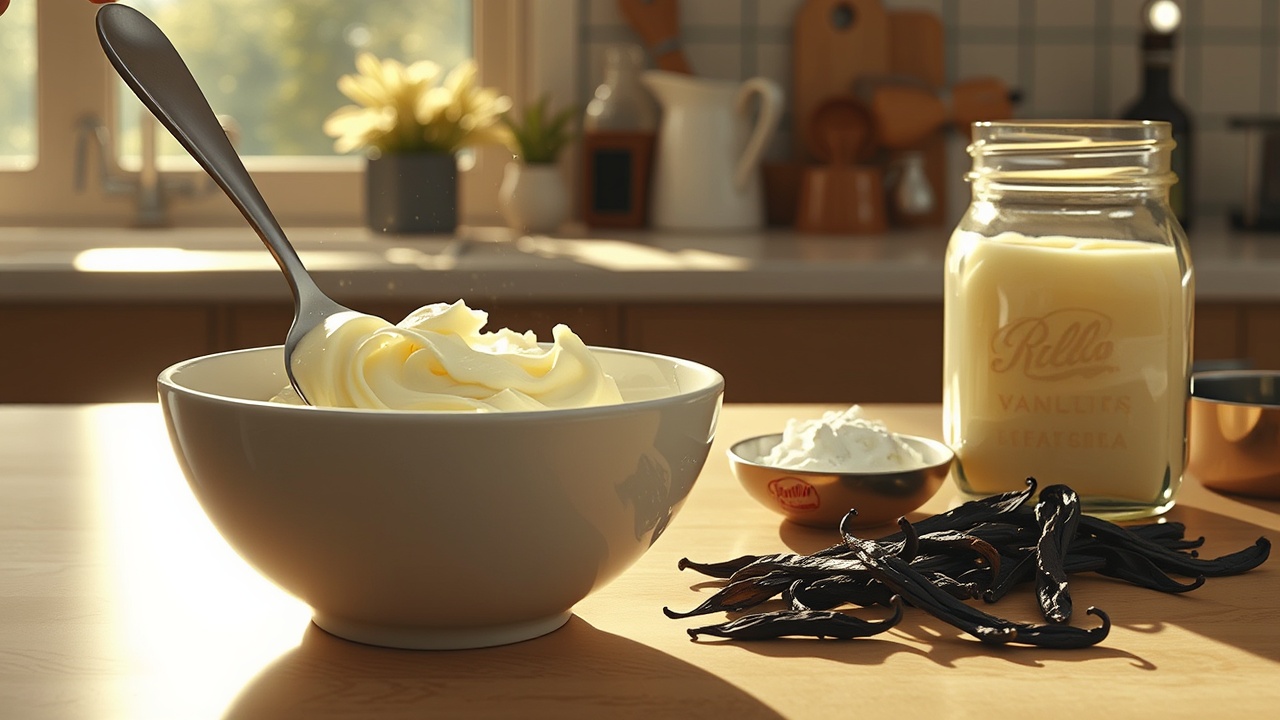





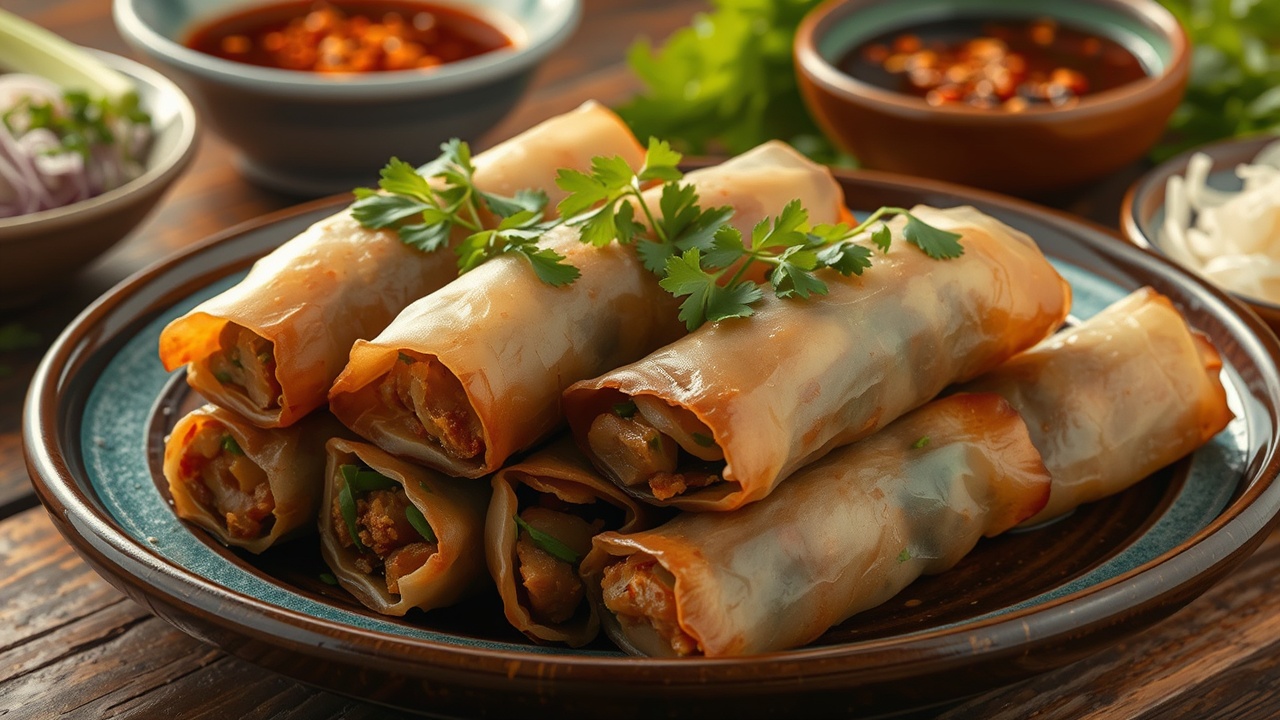
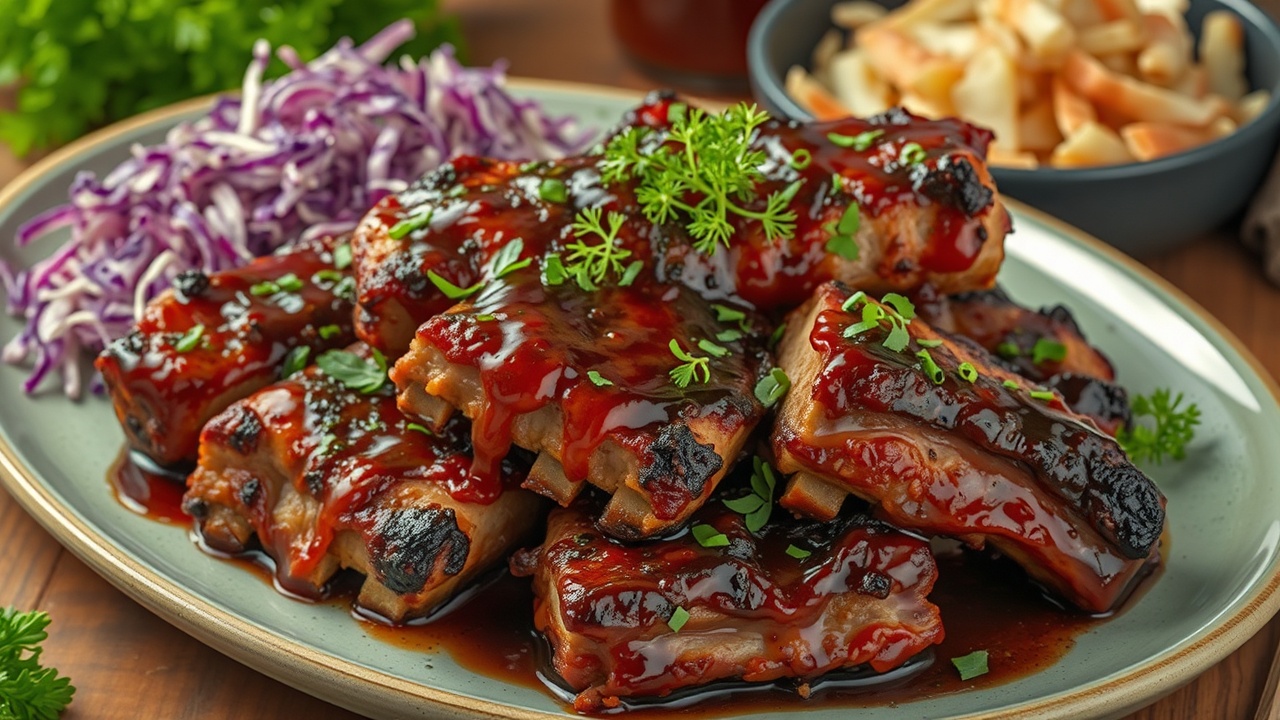
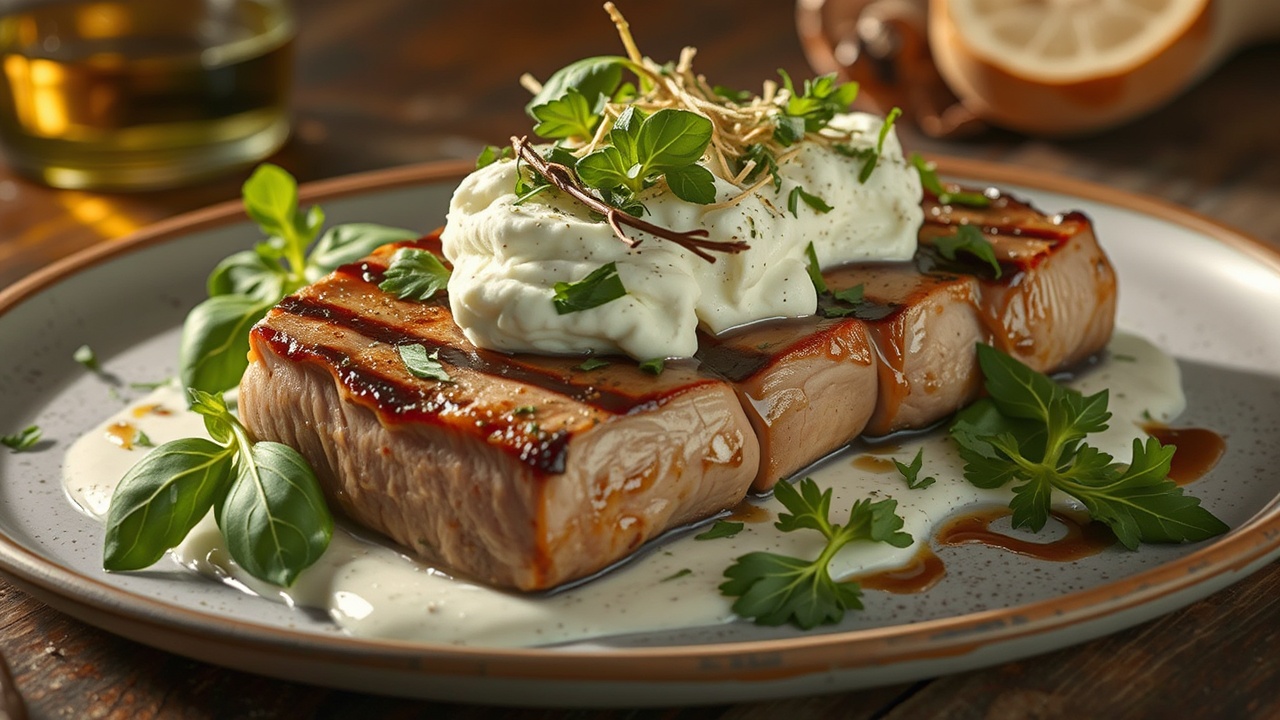


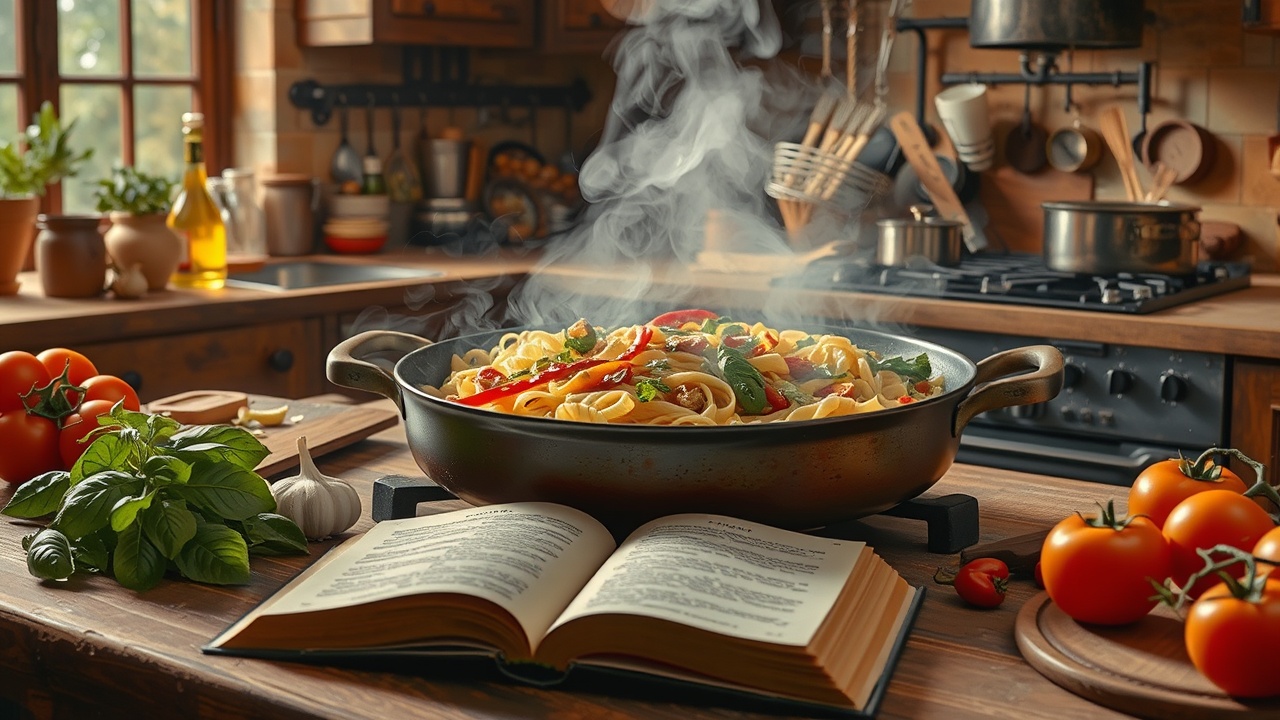
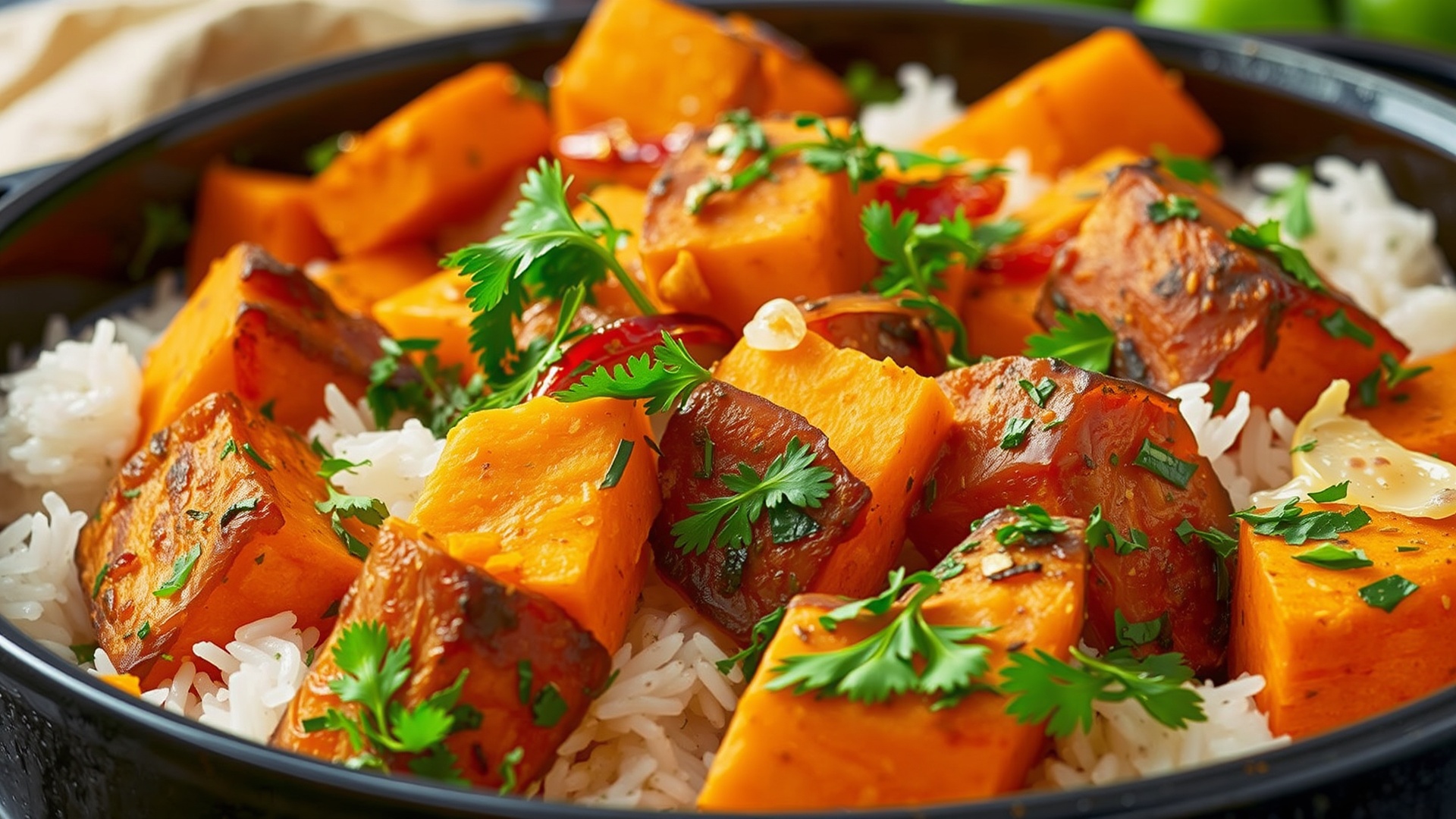
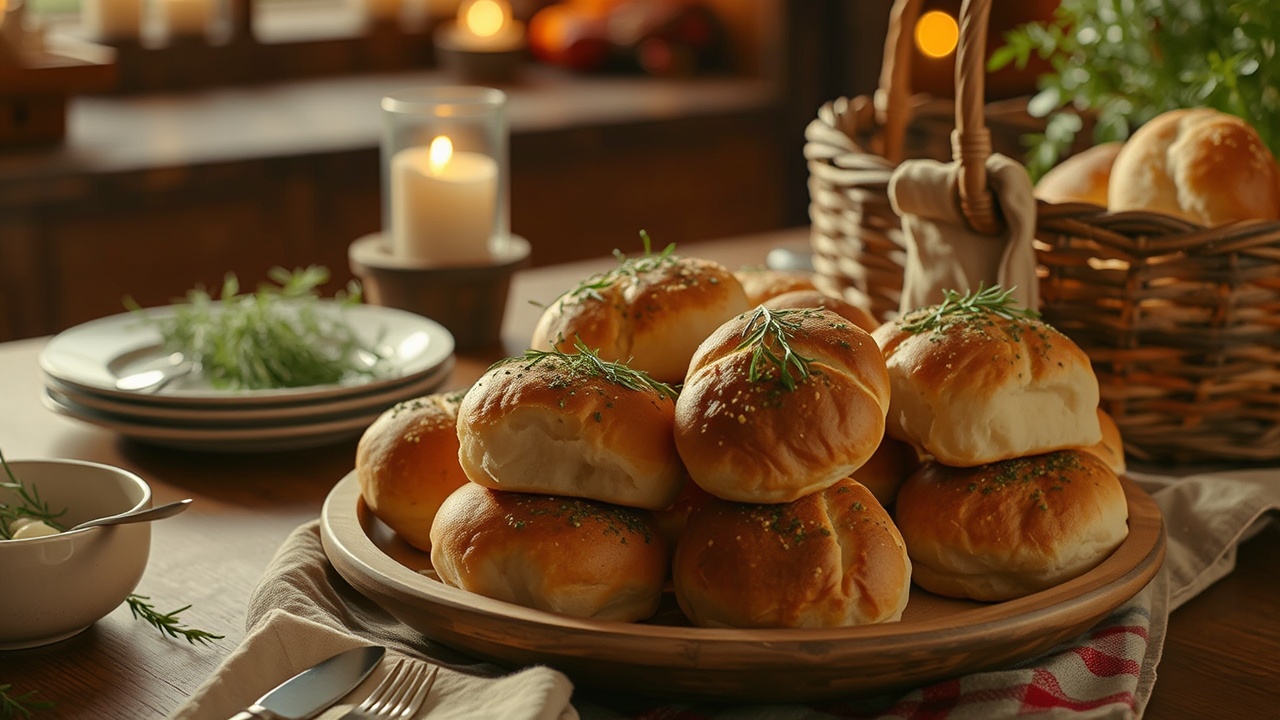
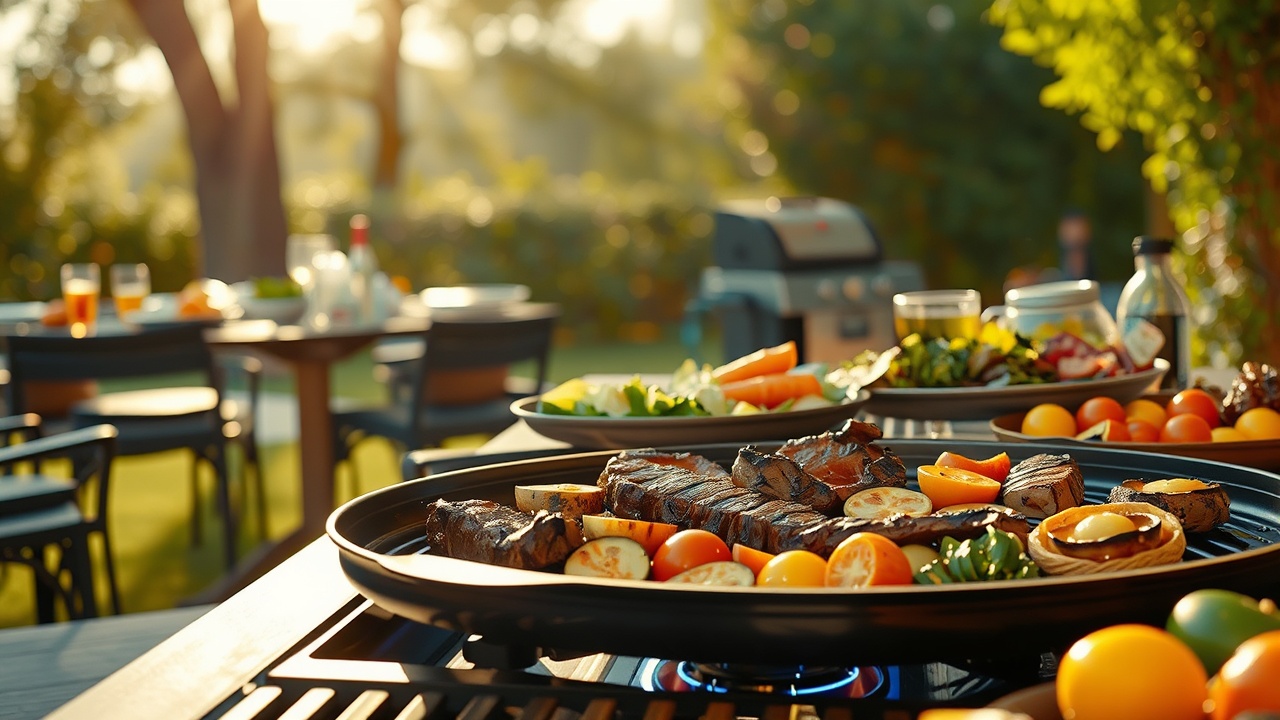
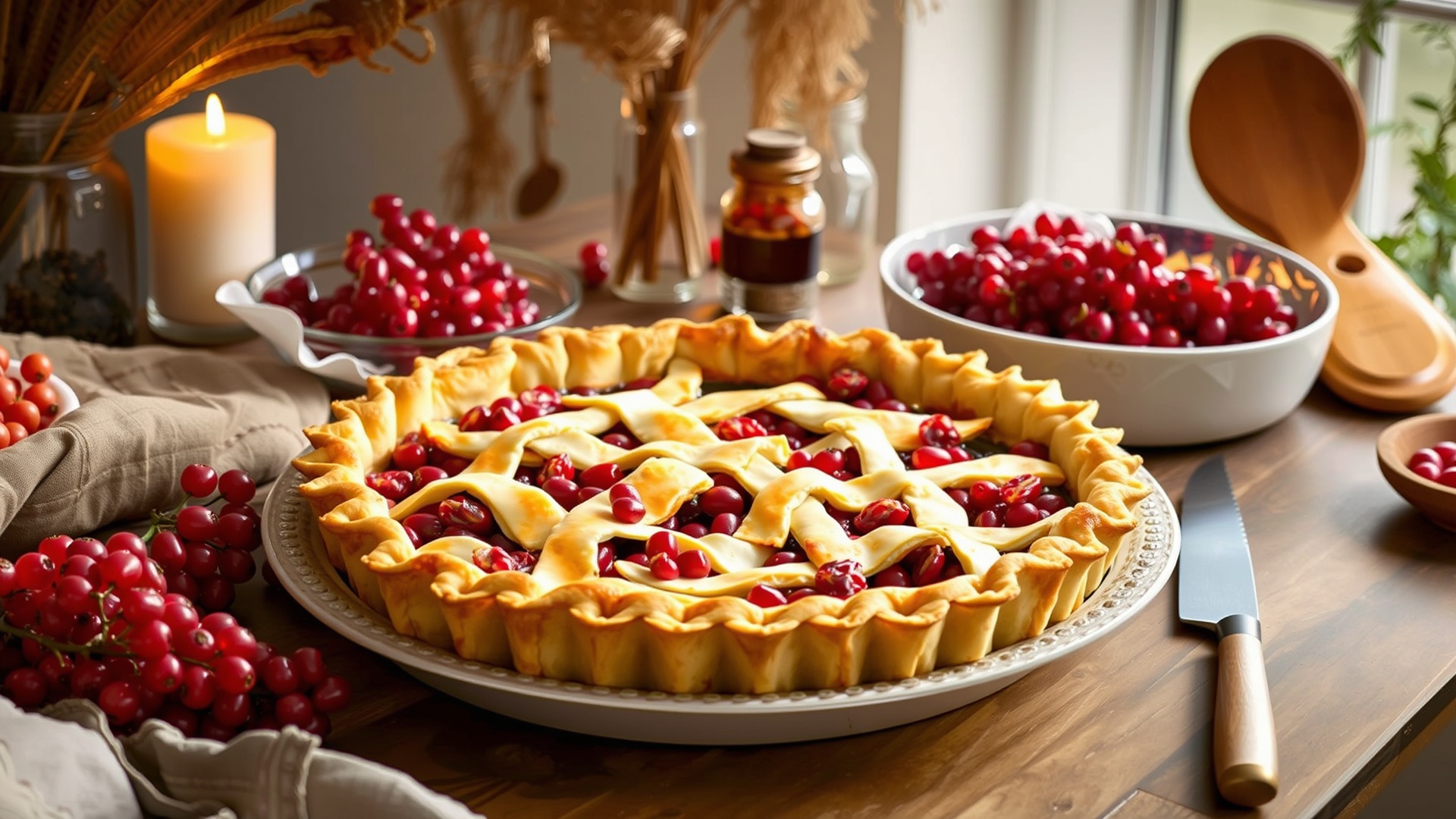

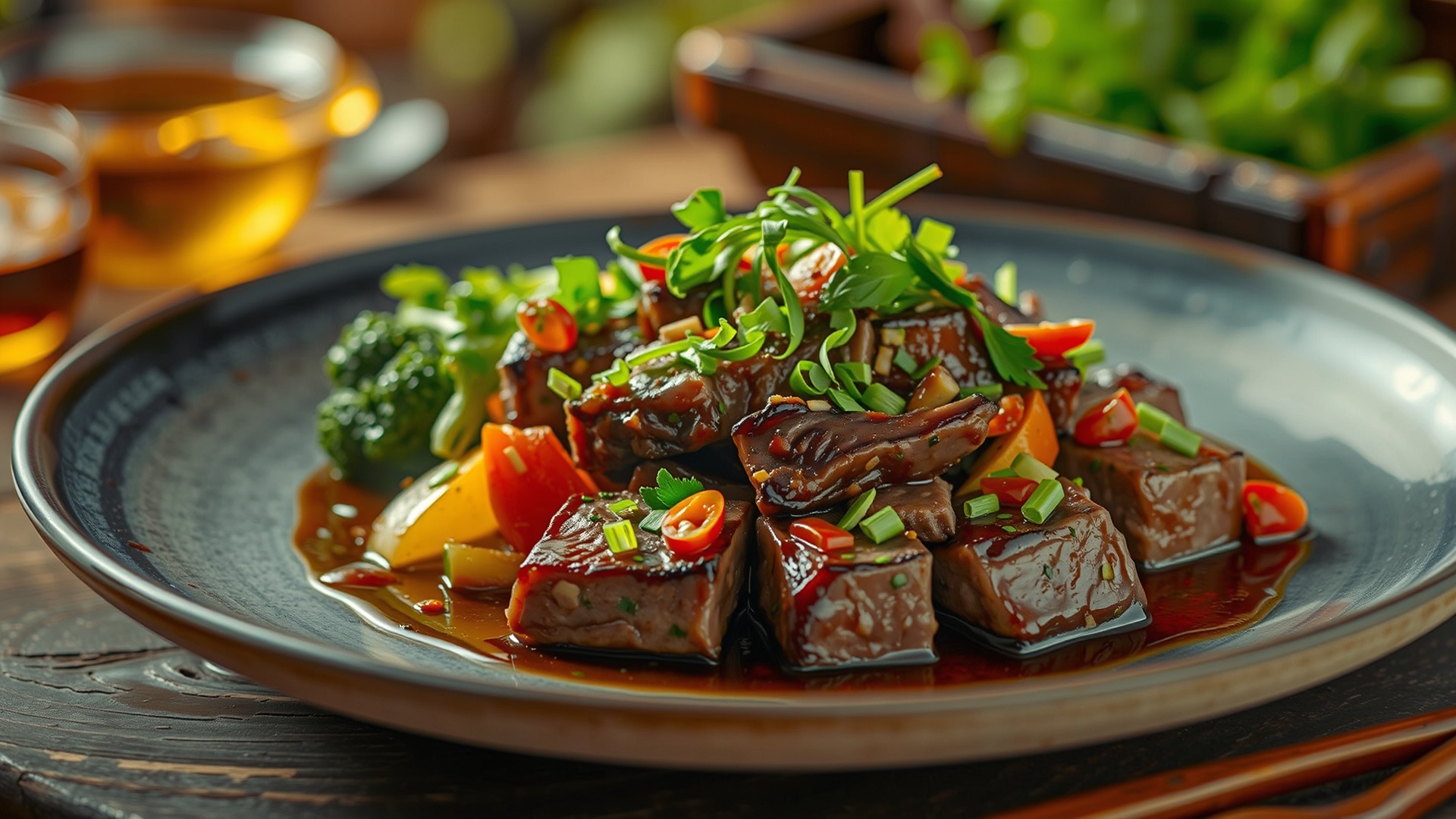
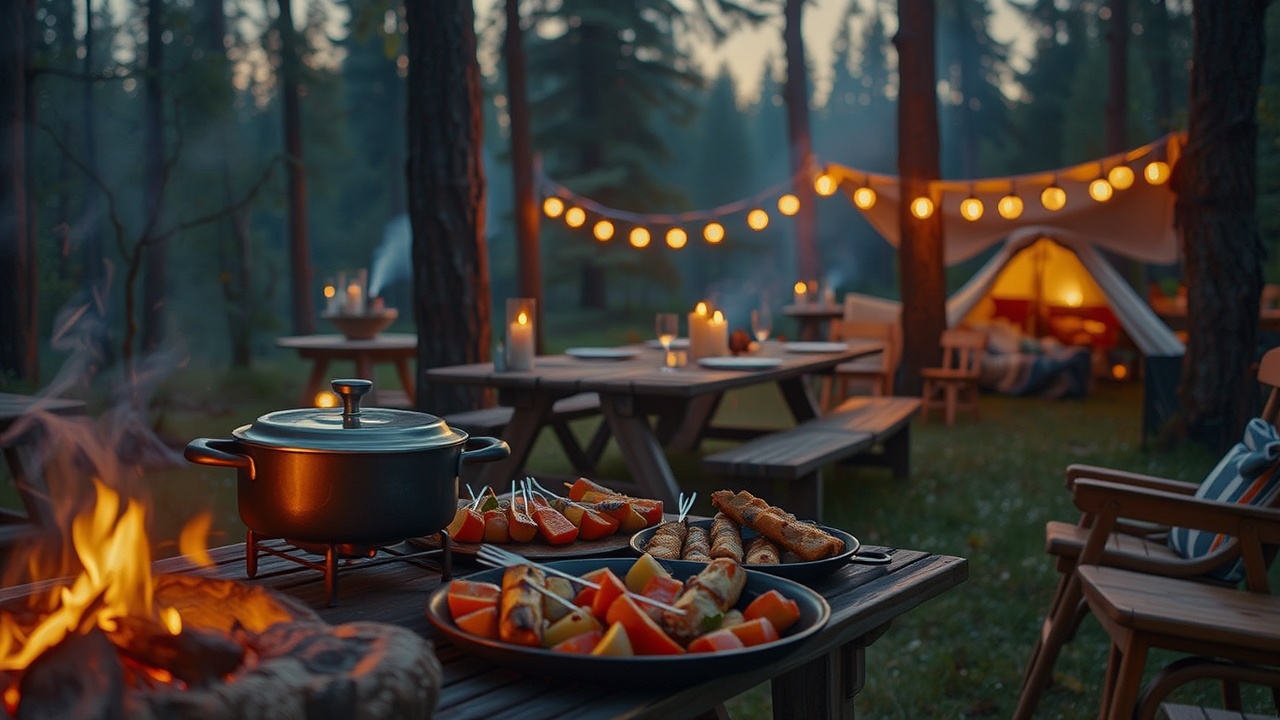
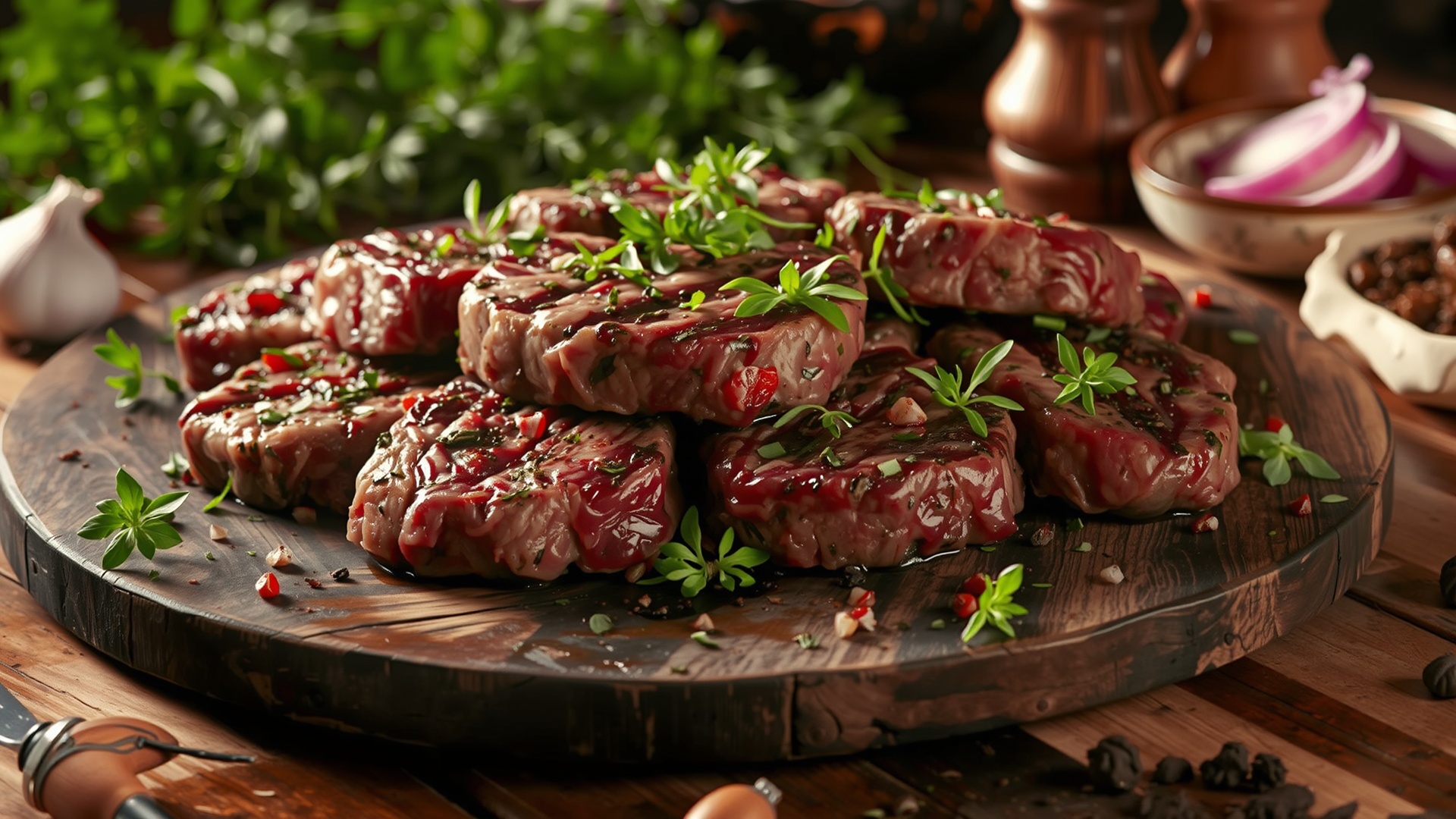



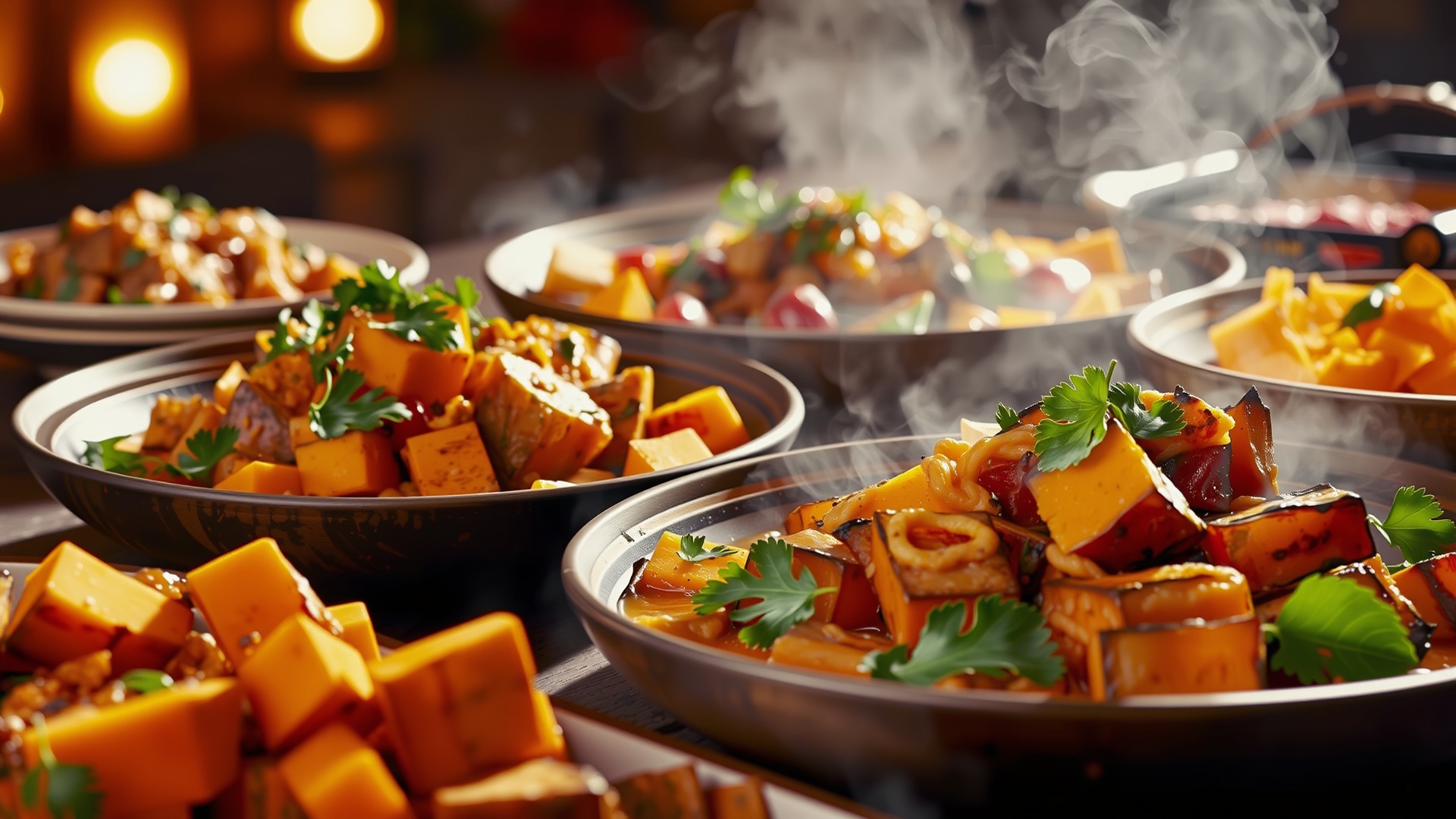

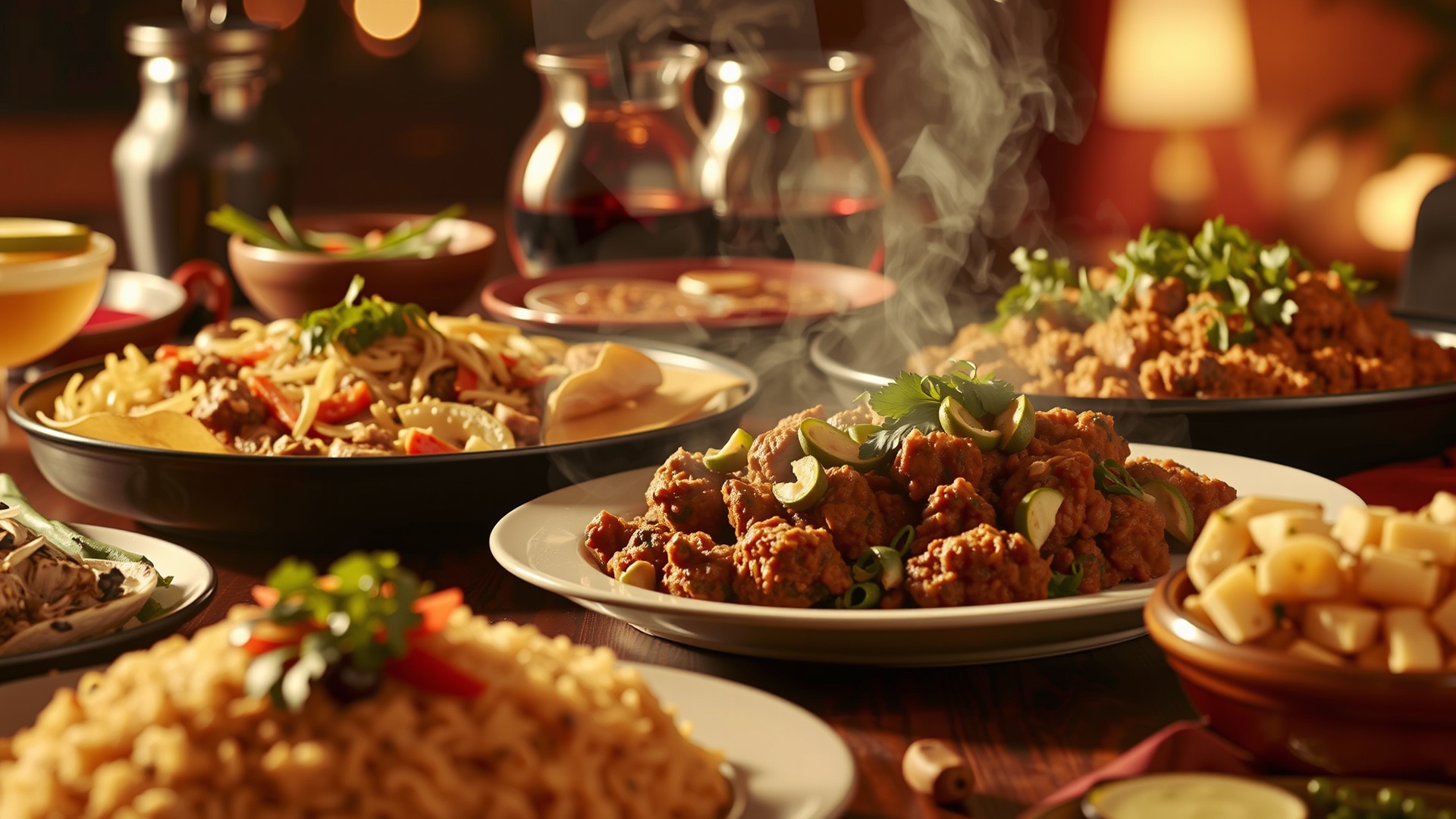
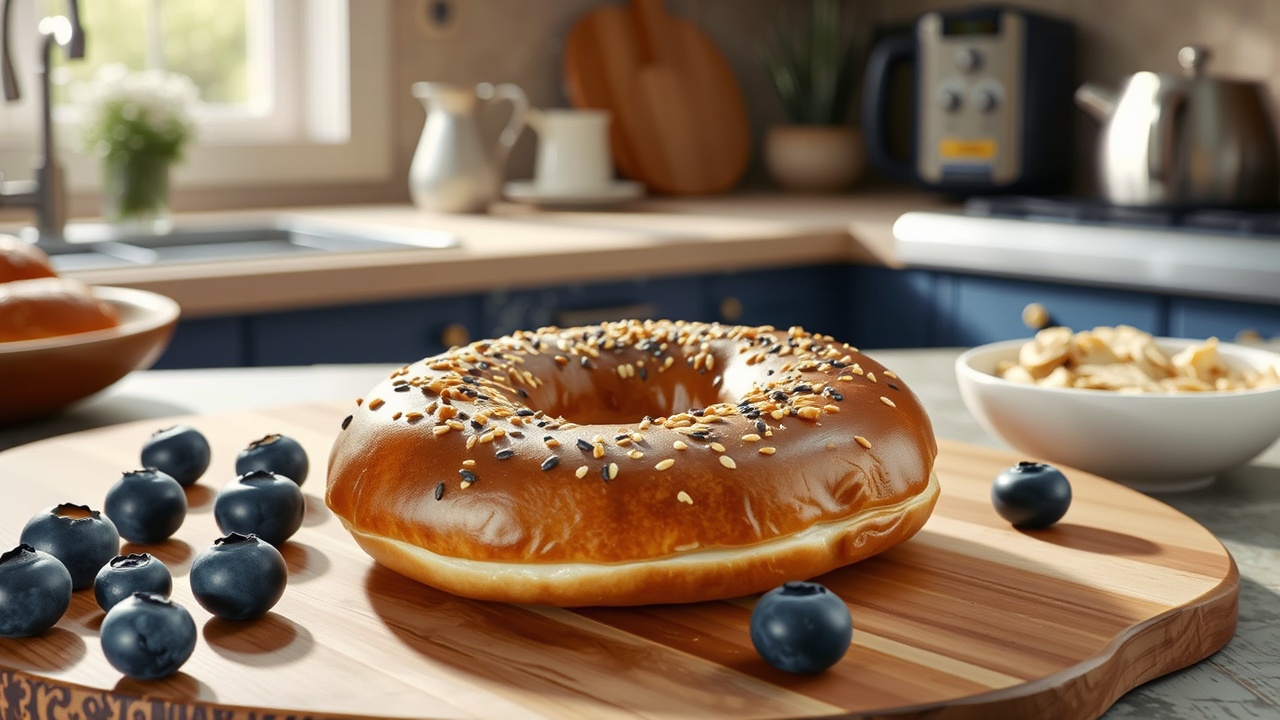
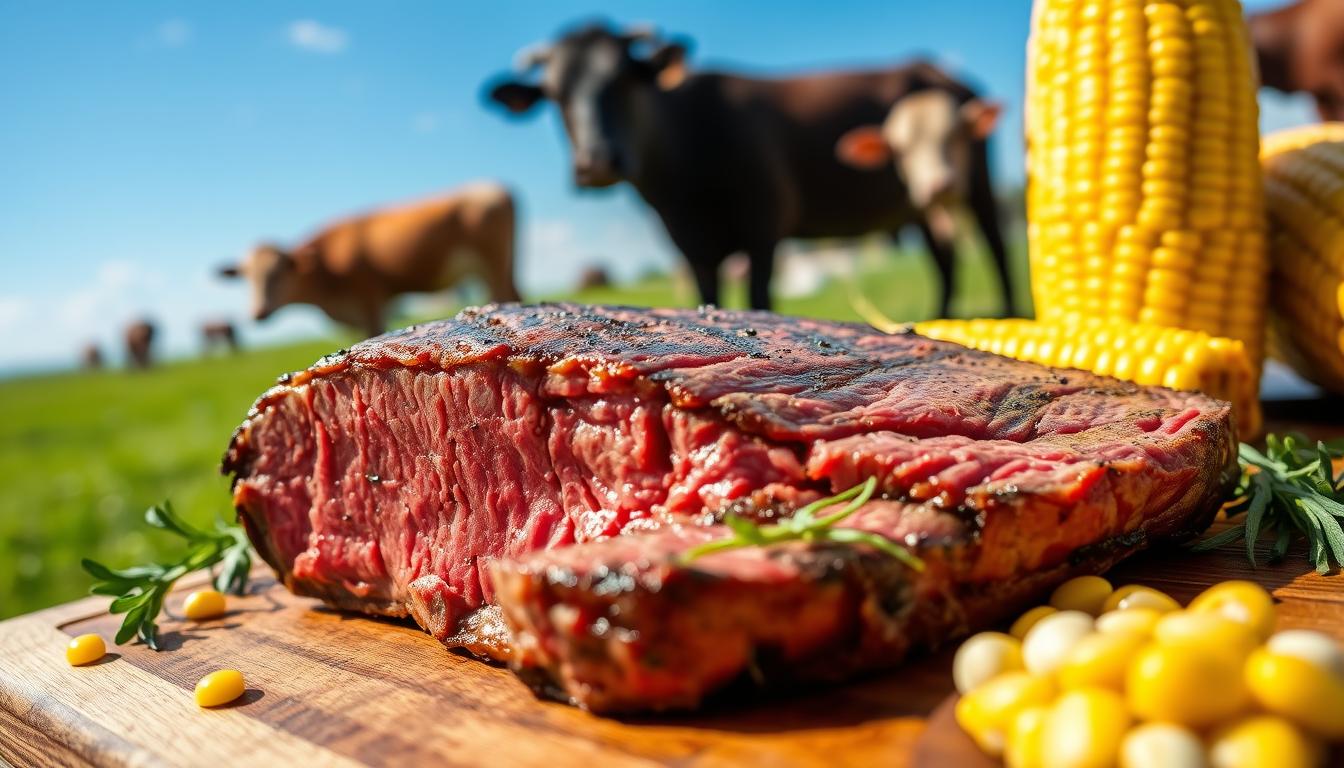
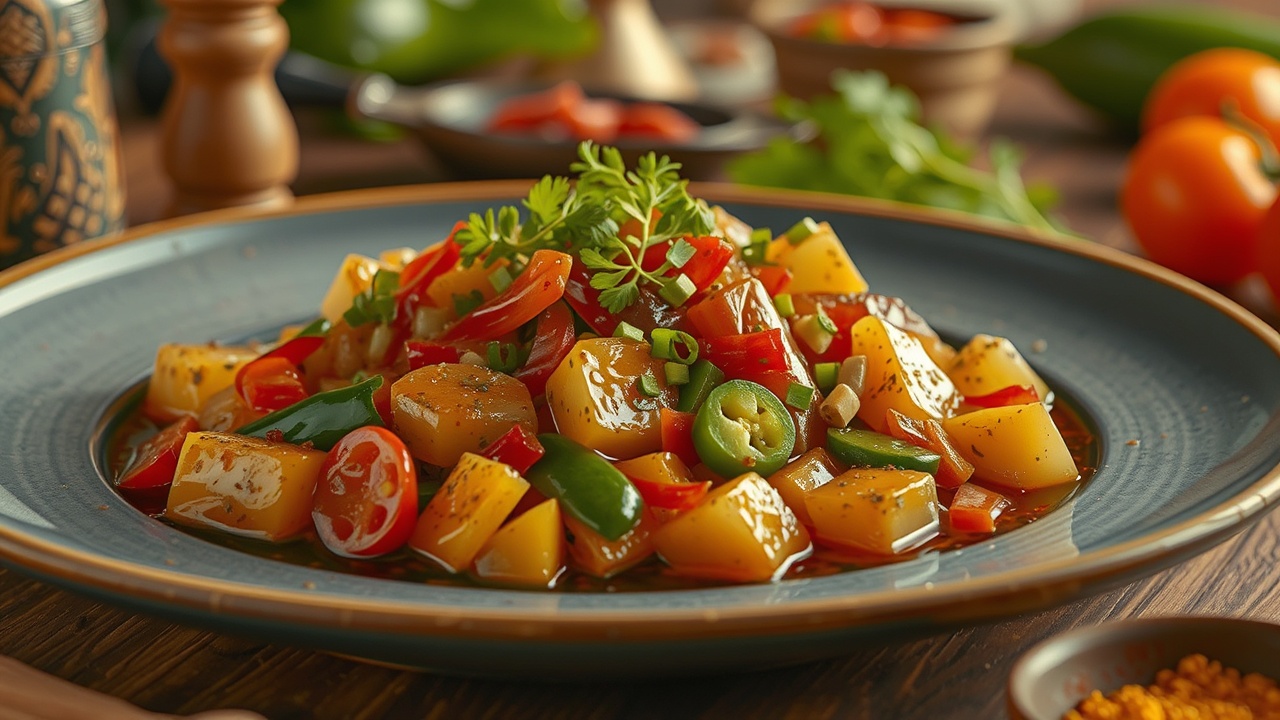
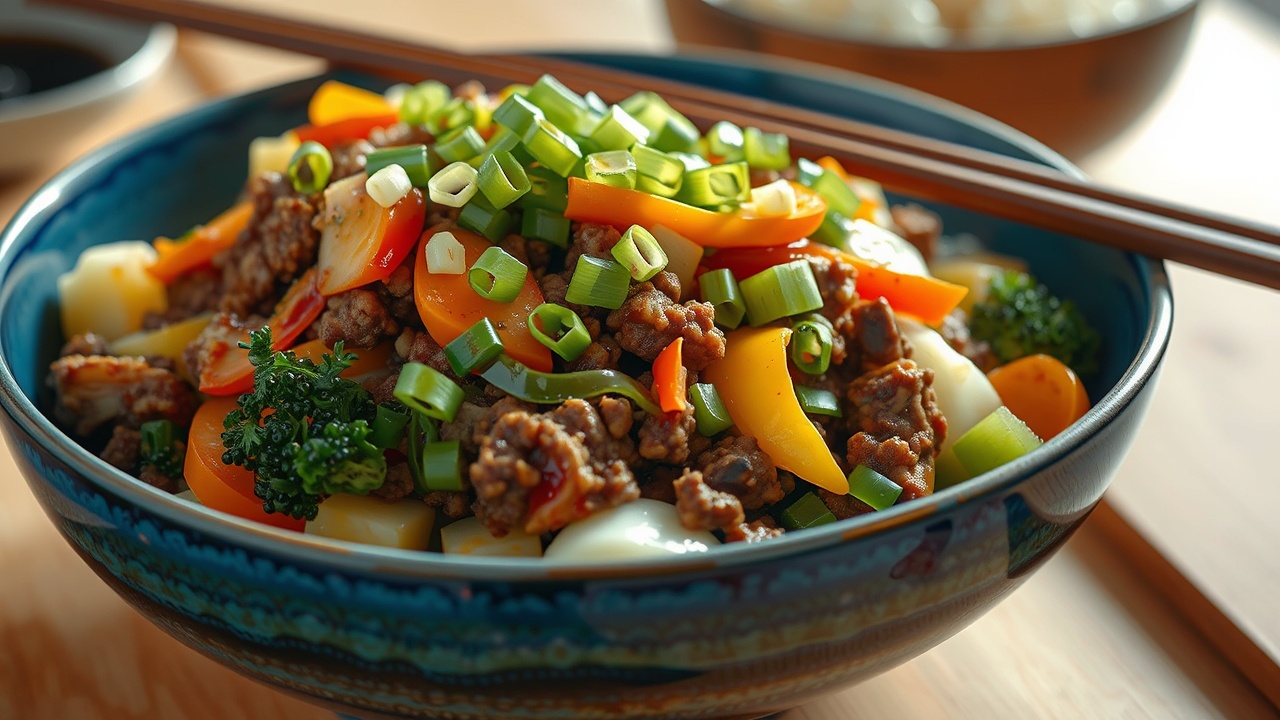


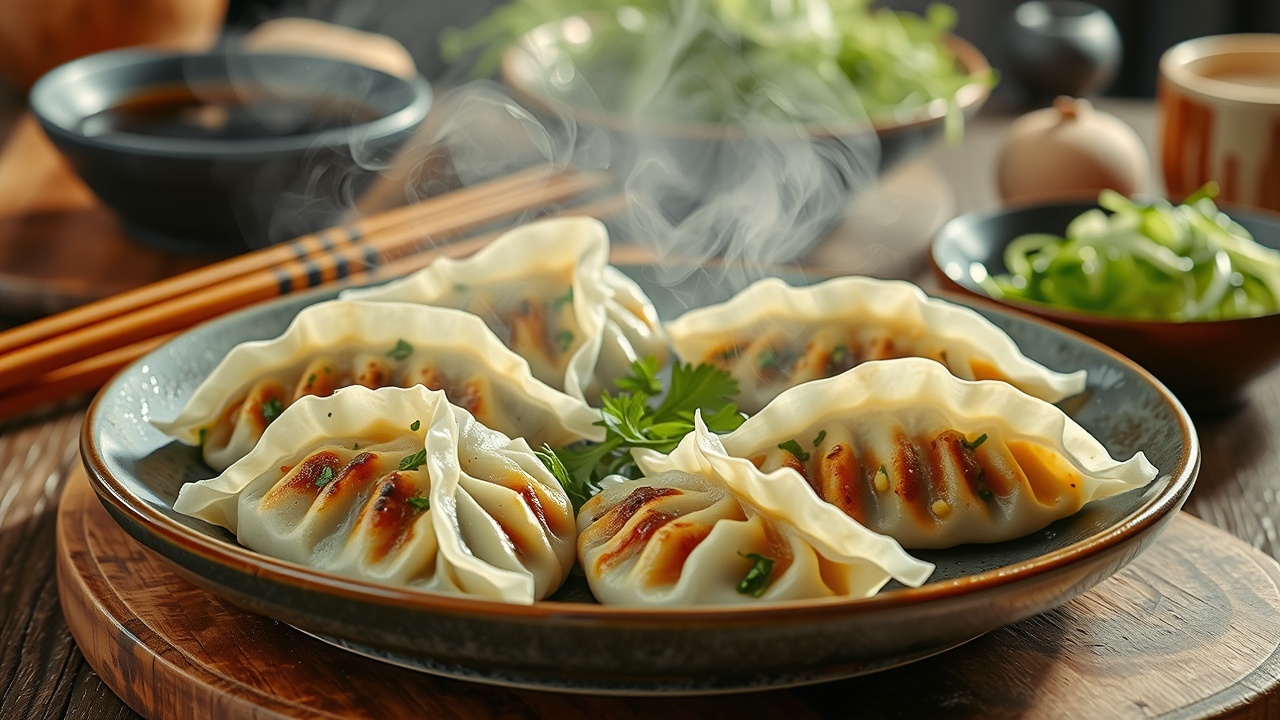
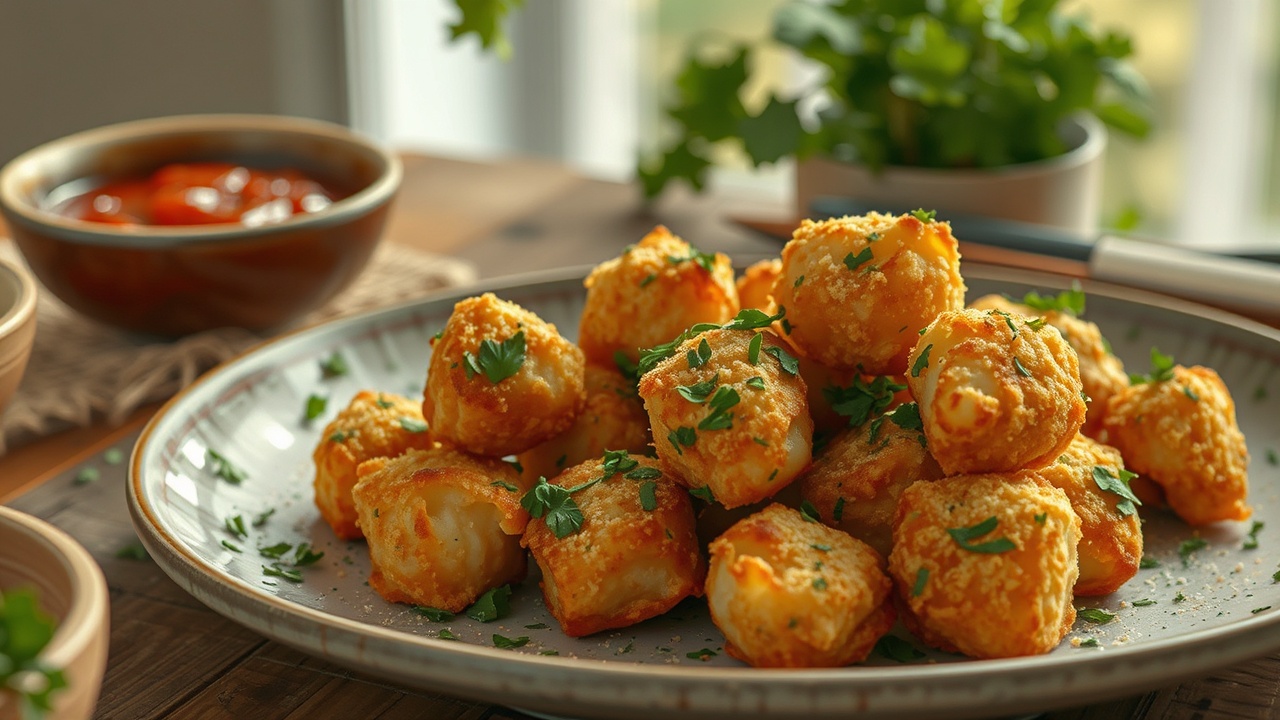
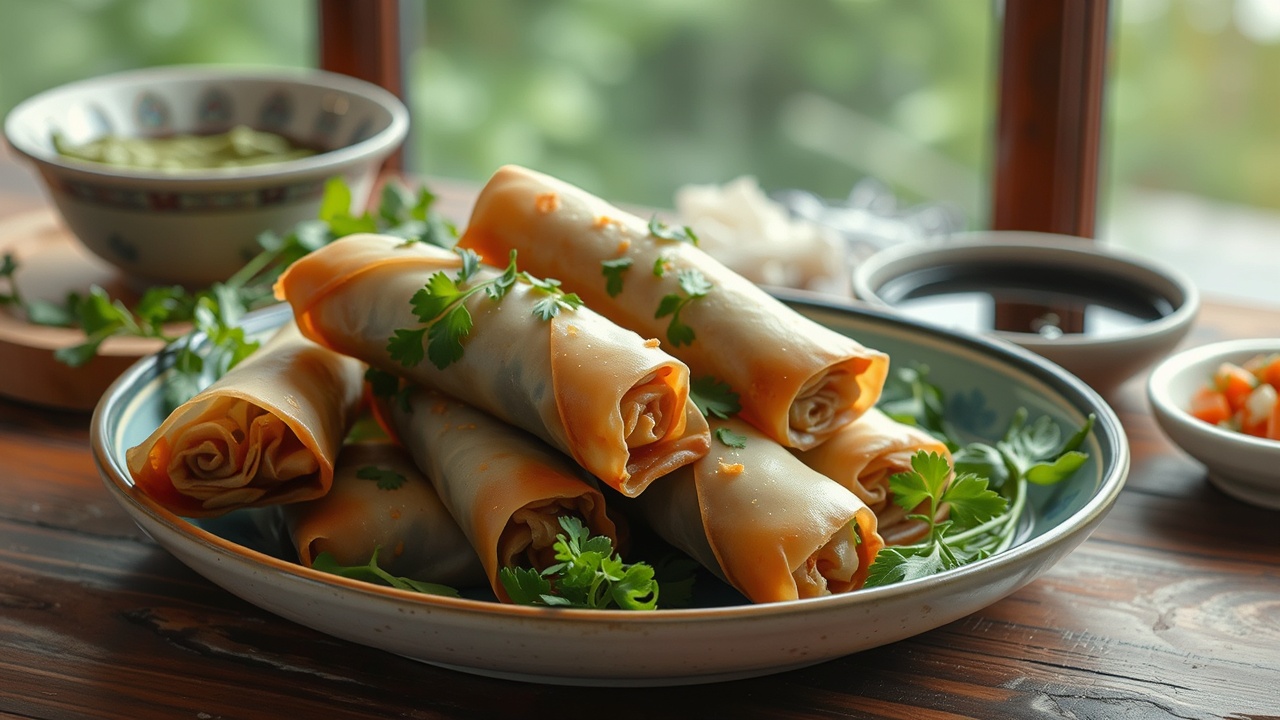
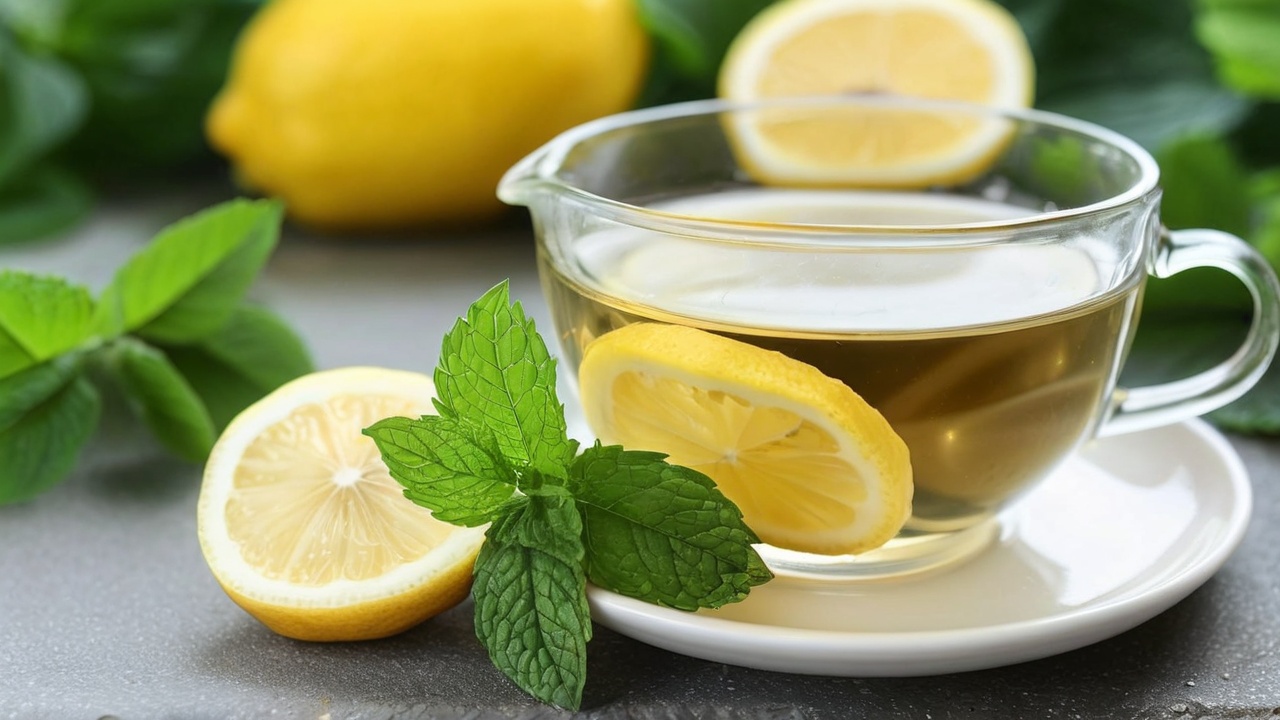
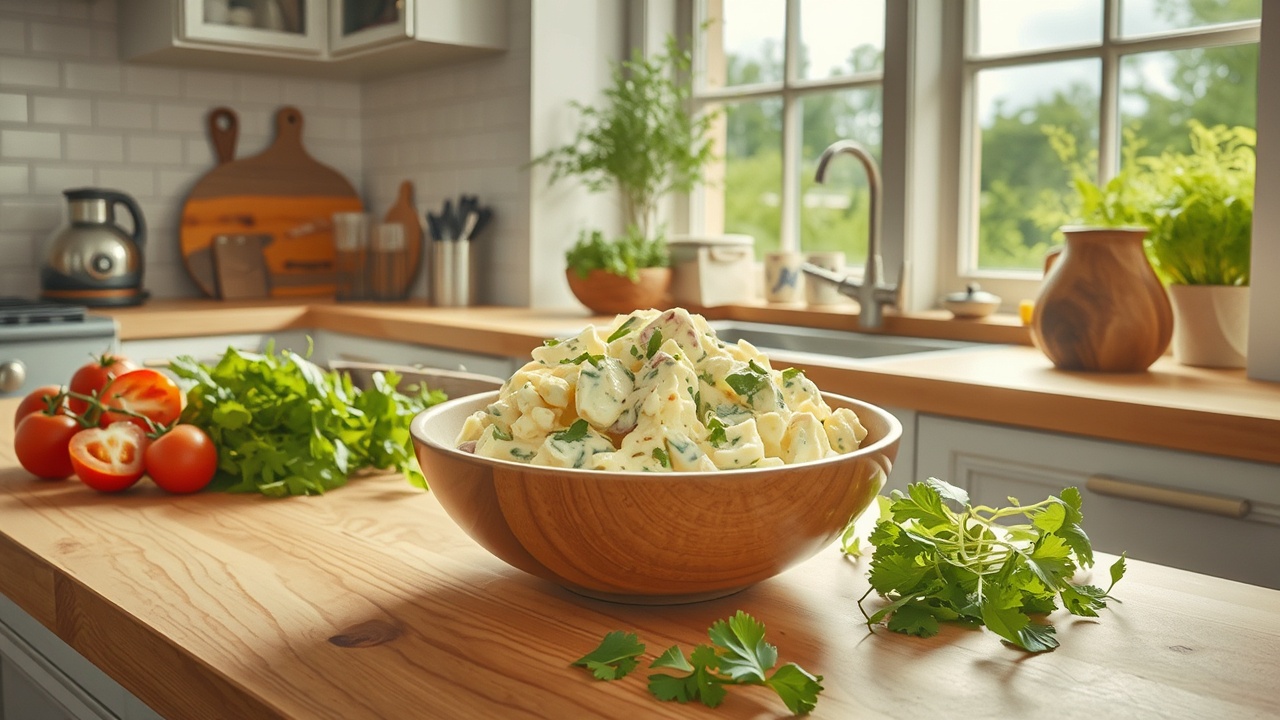
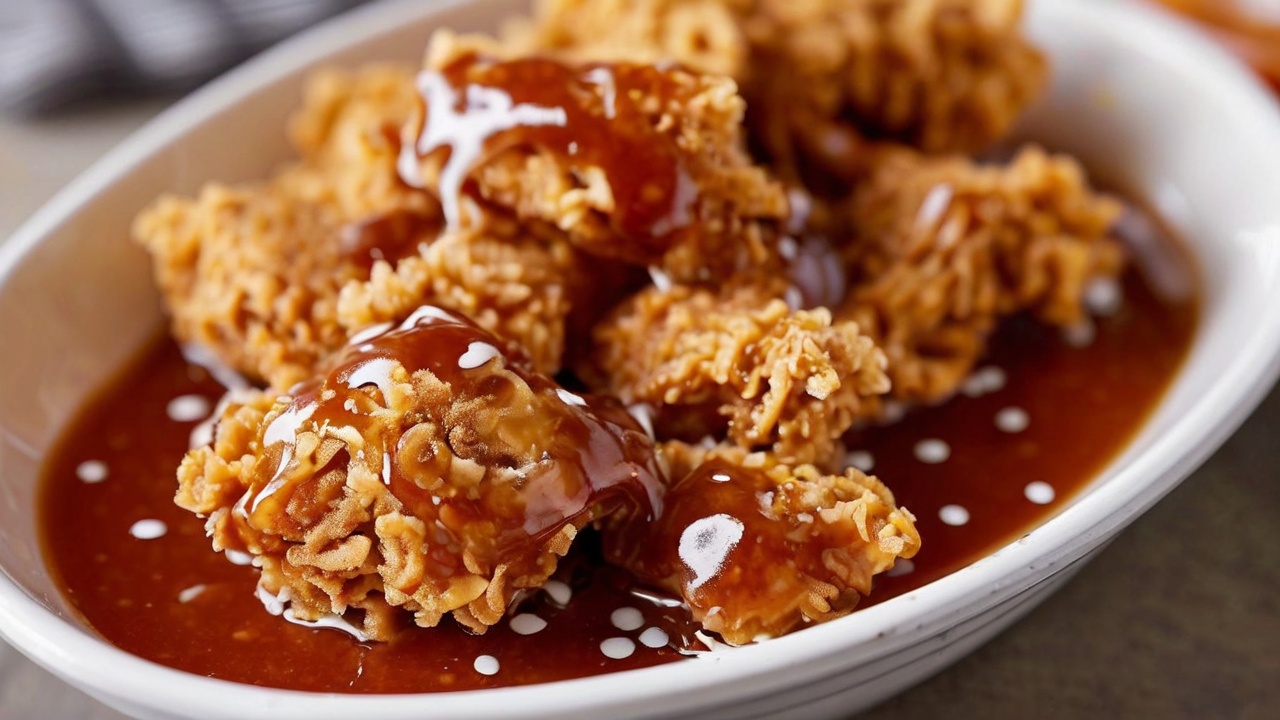

One thought on “Delicious Cast Iron Salmon: Easy Skillet Recipe”